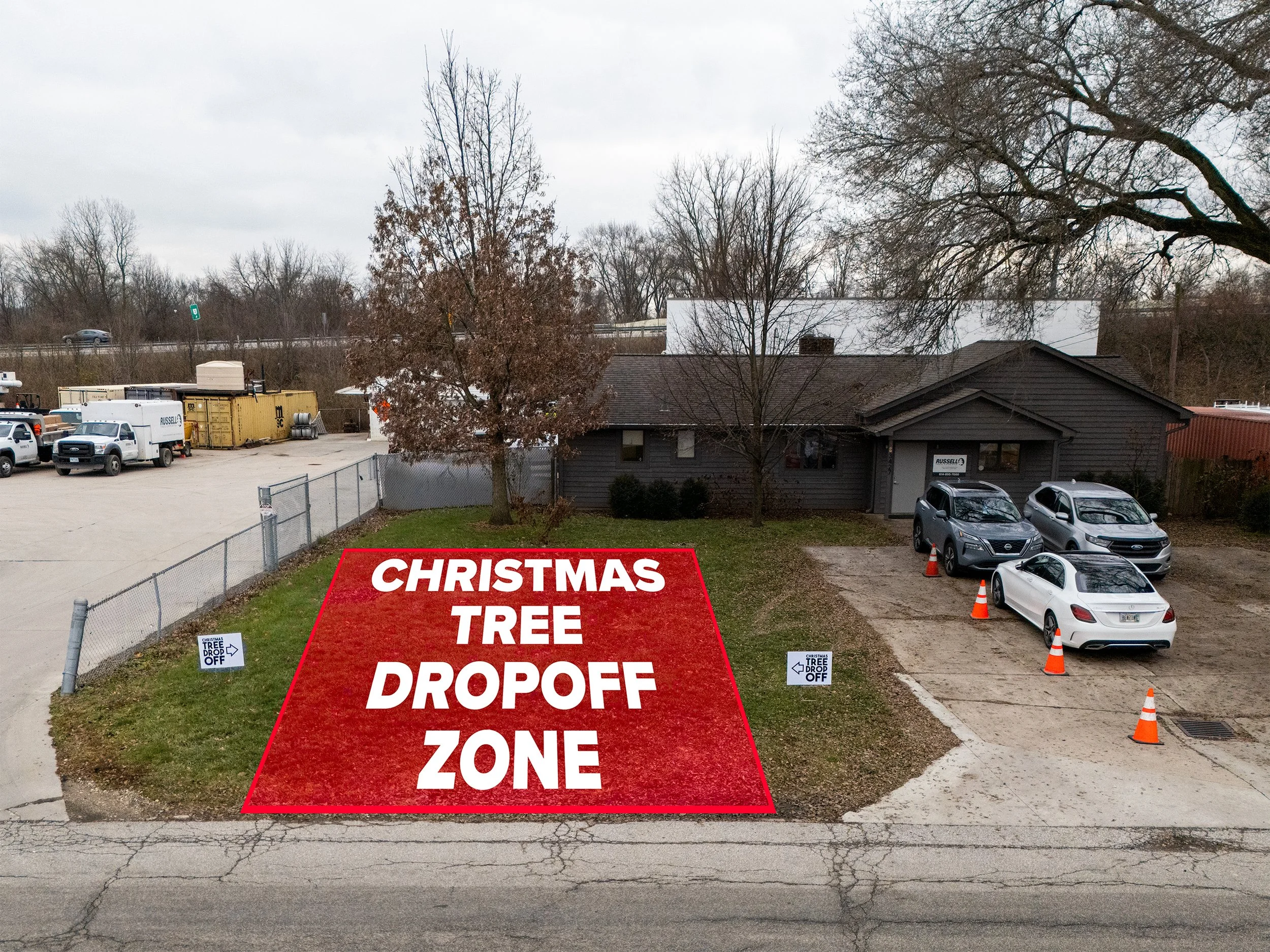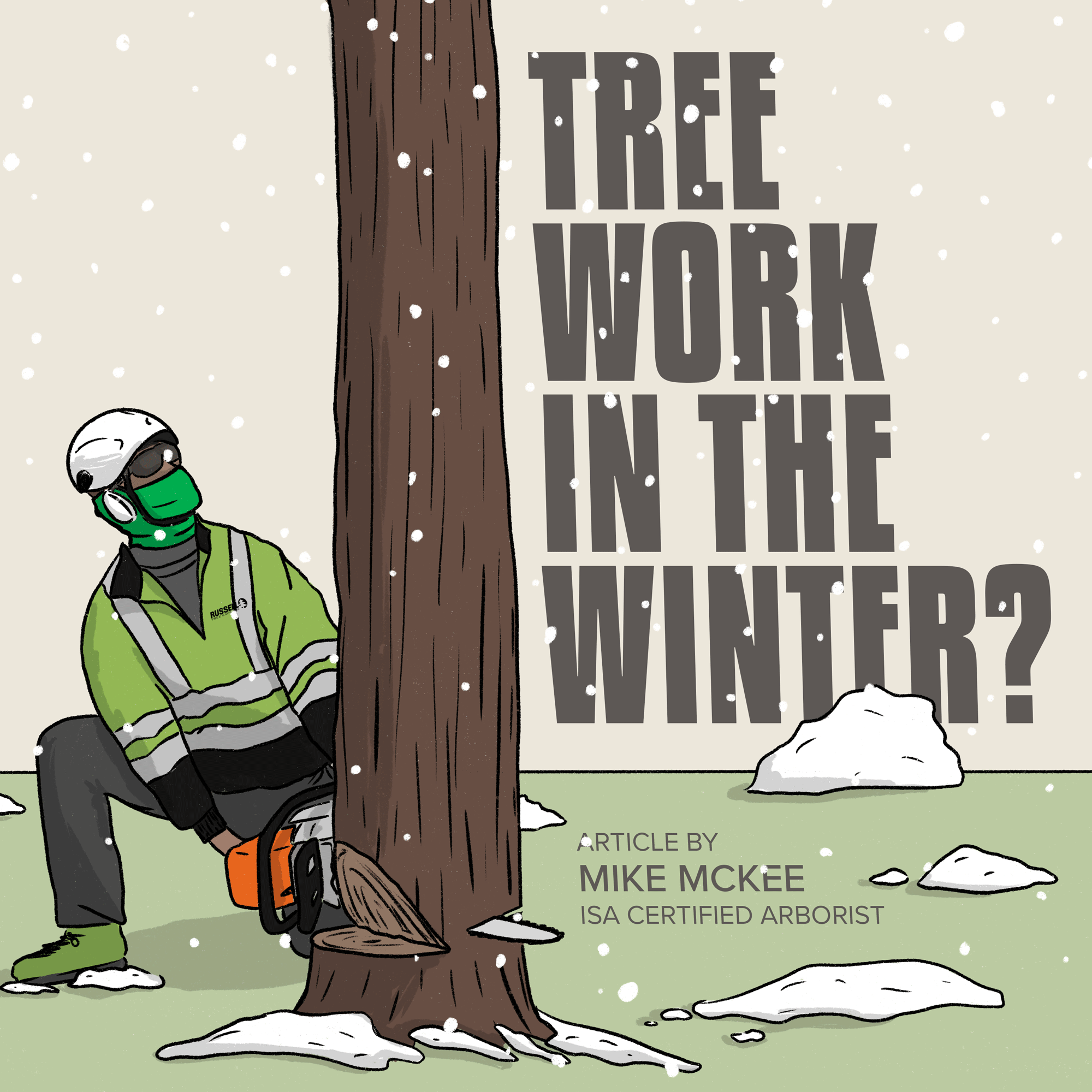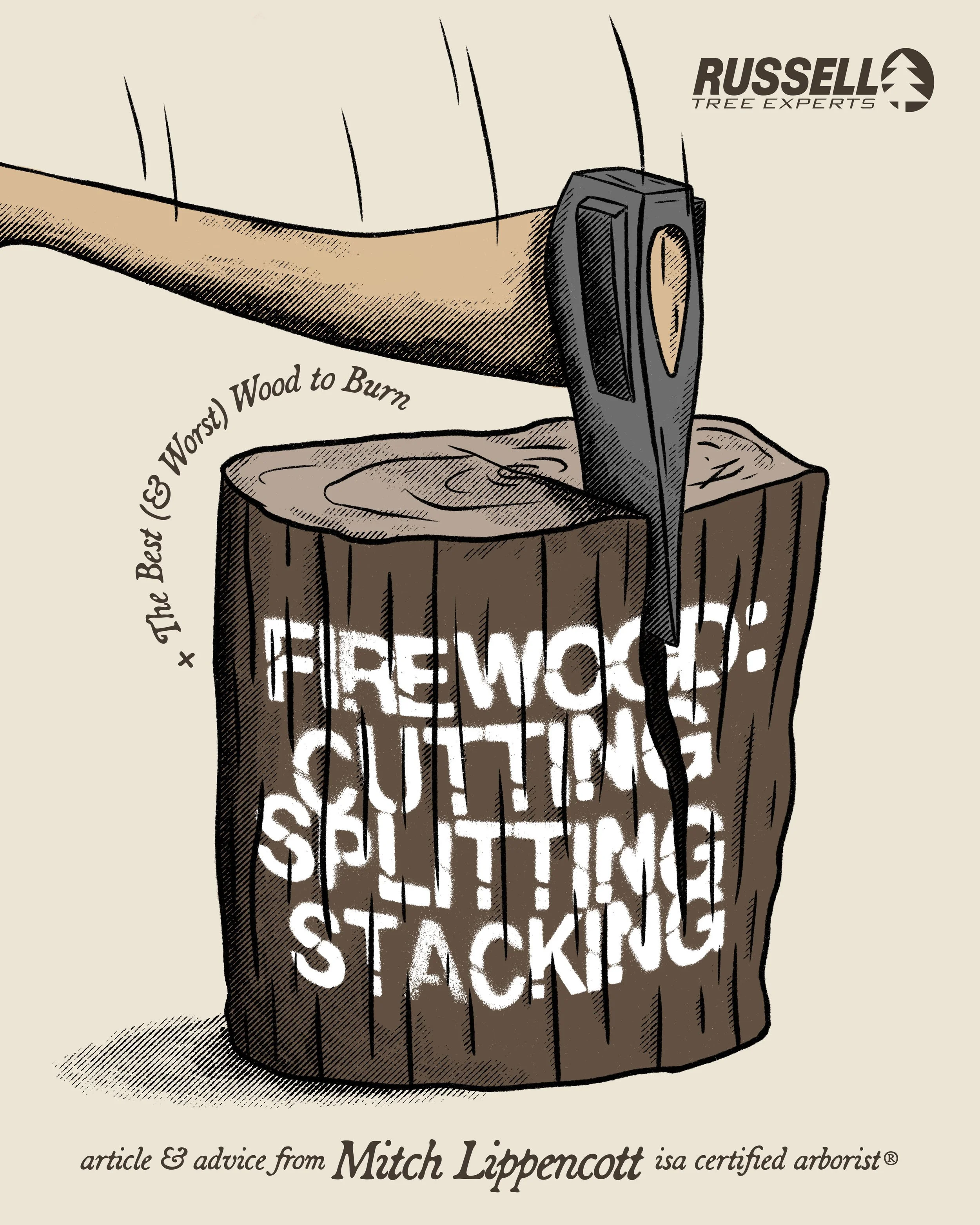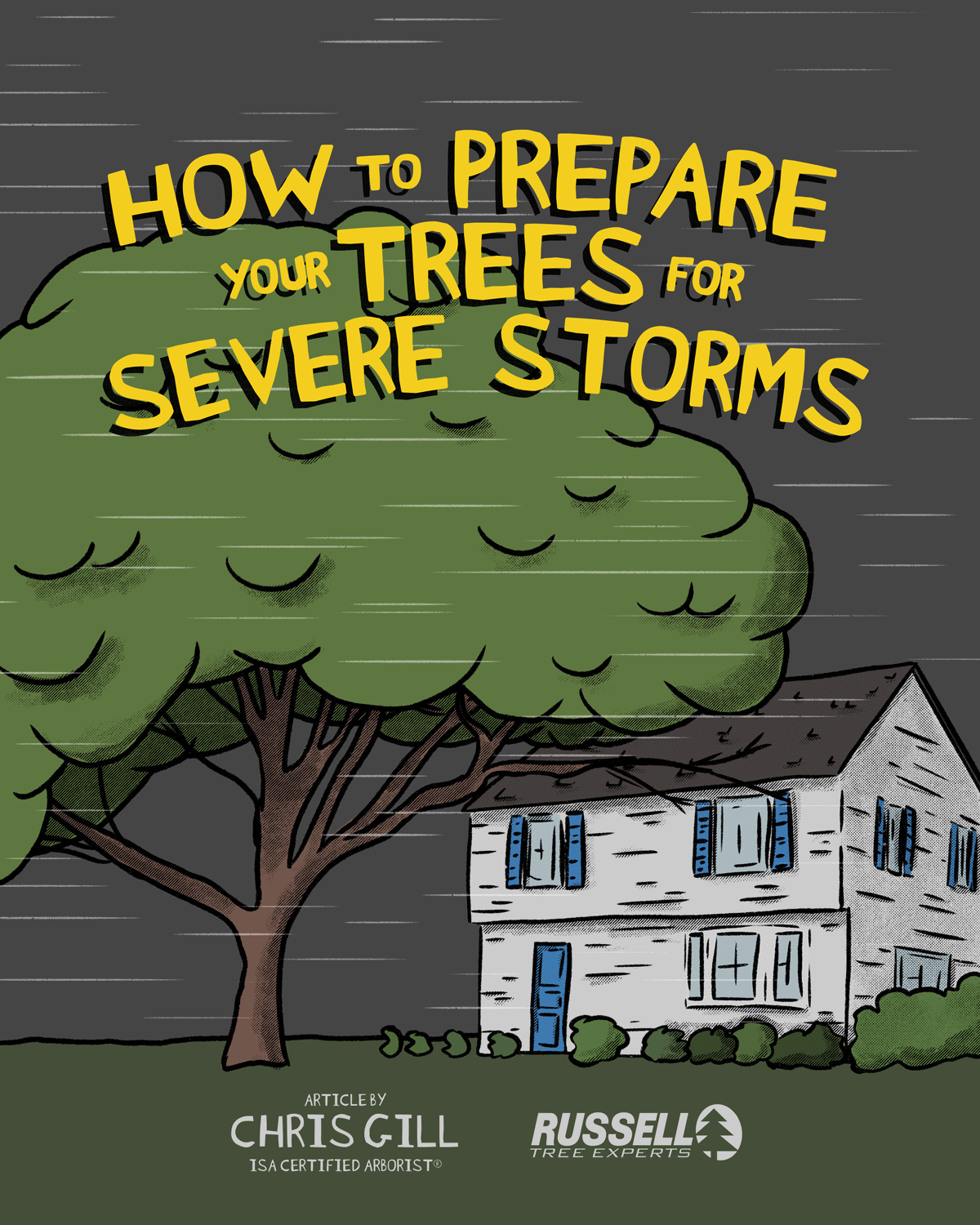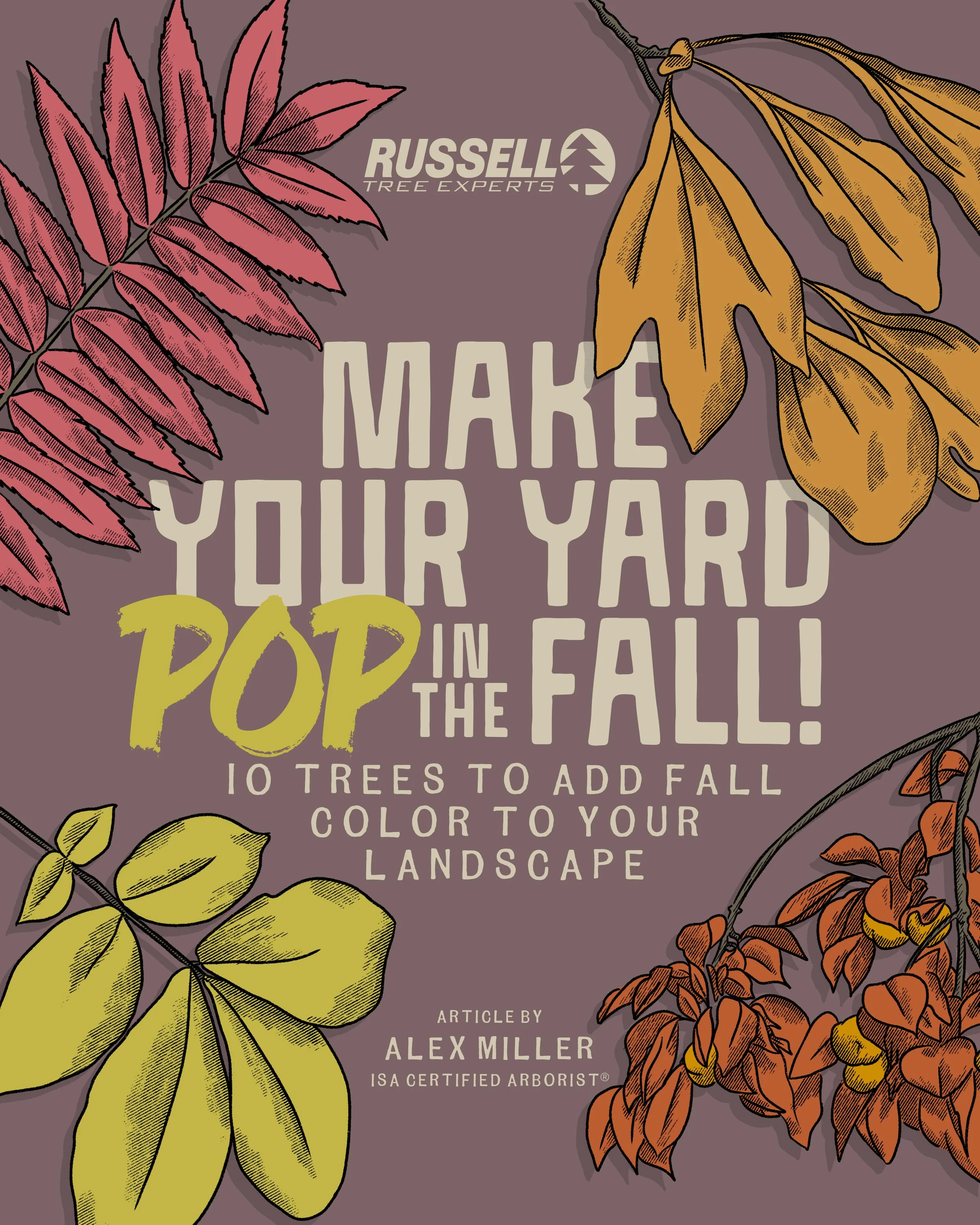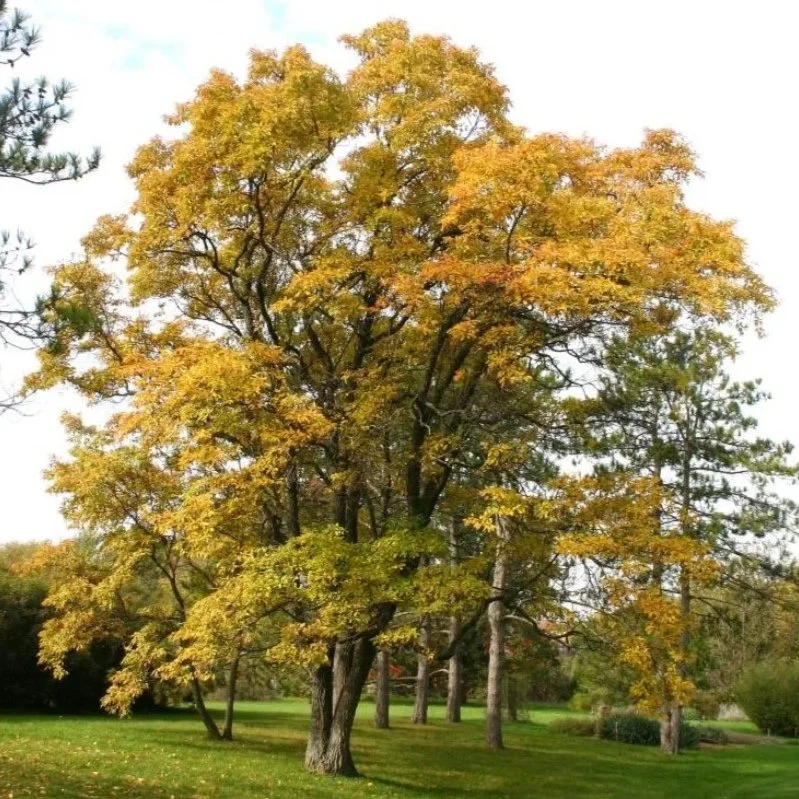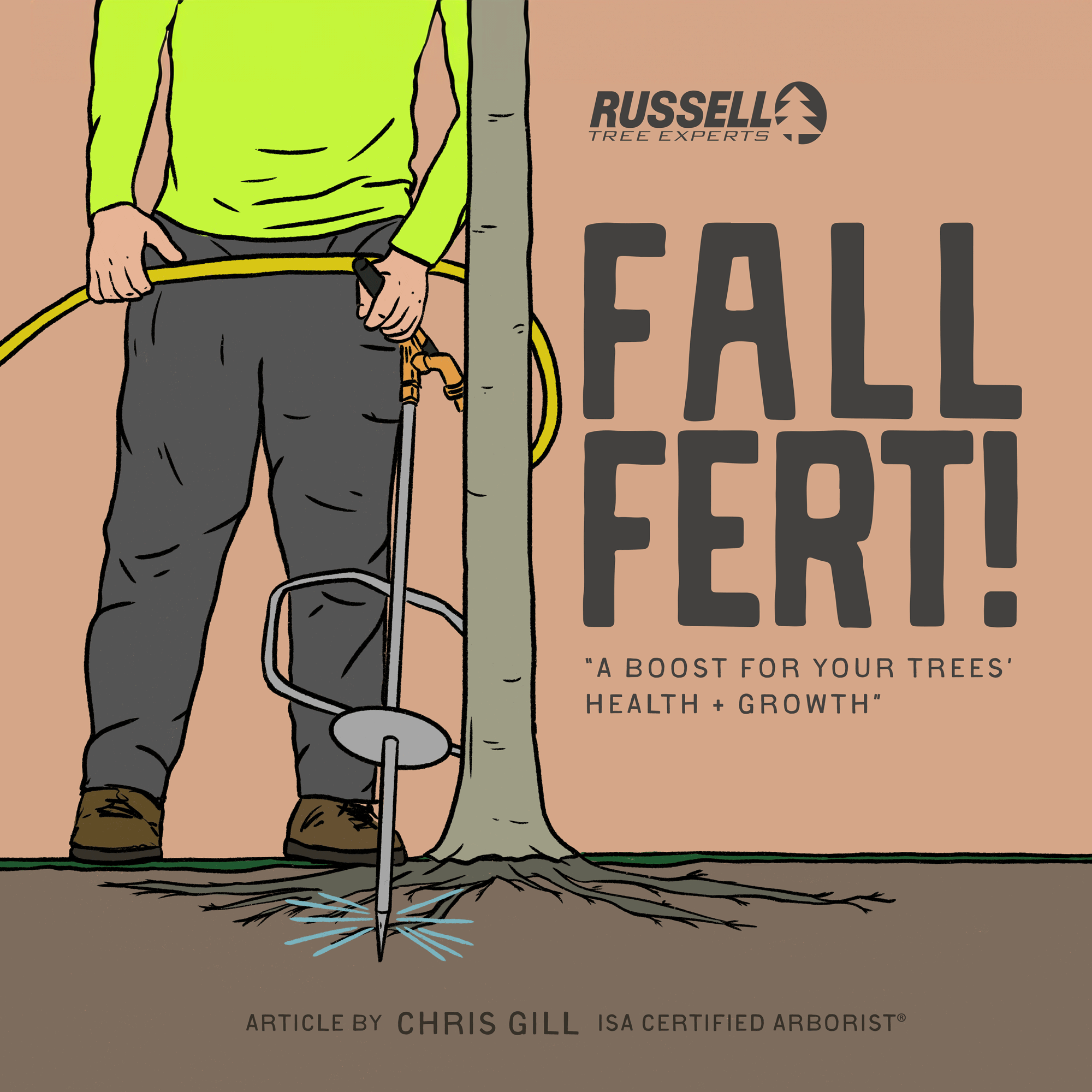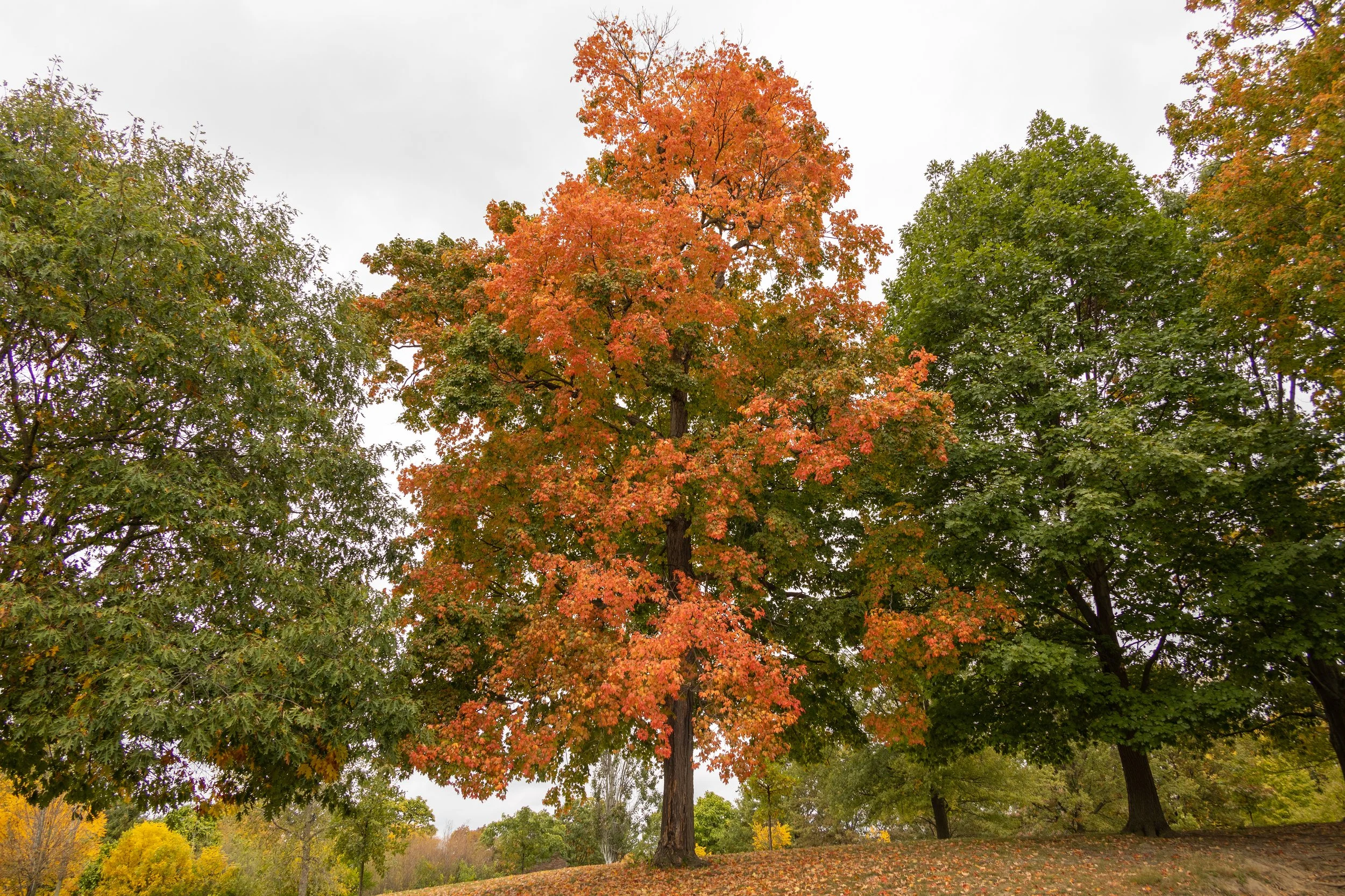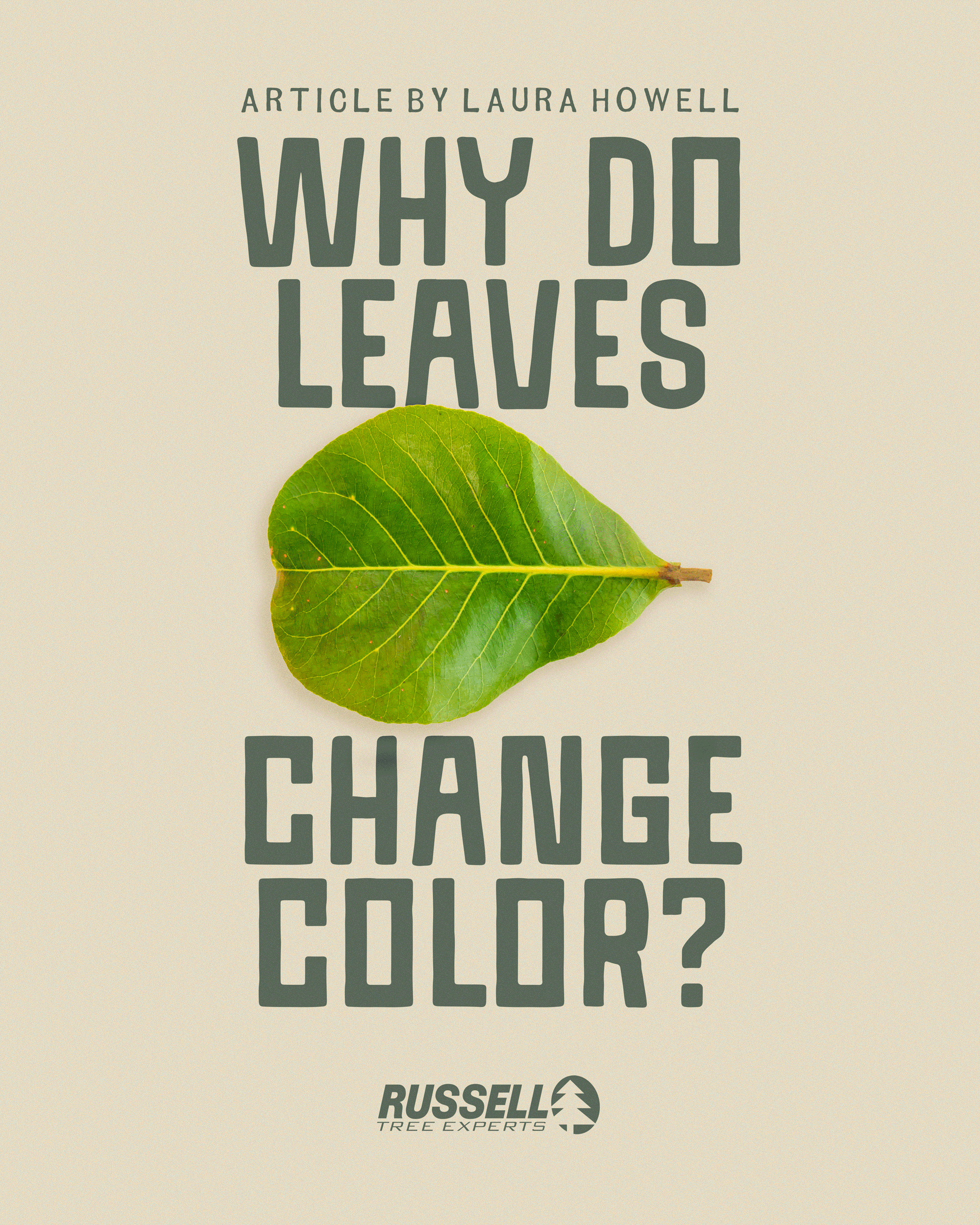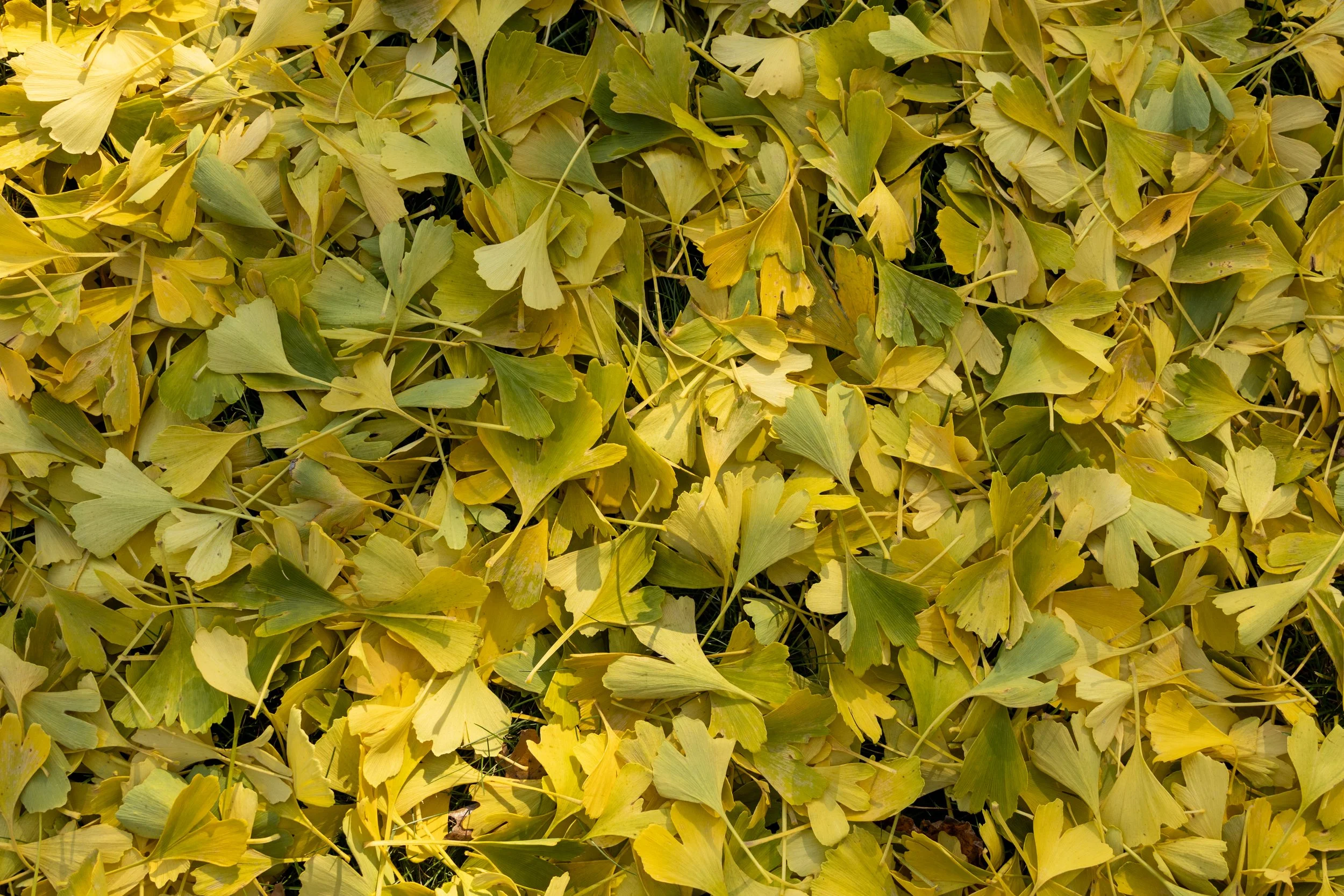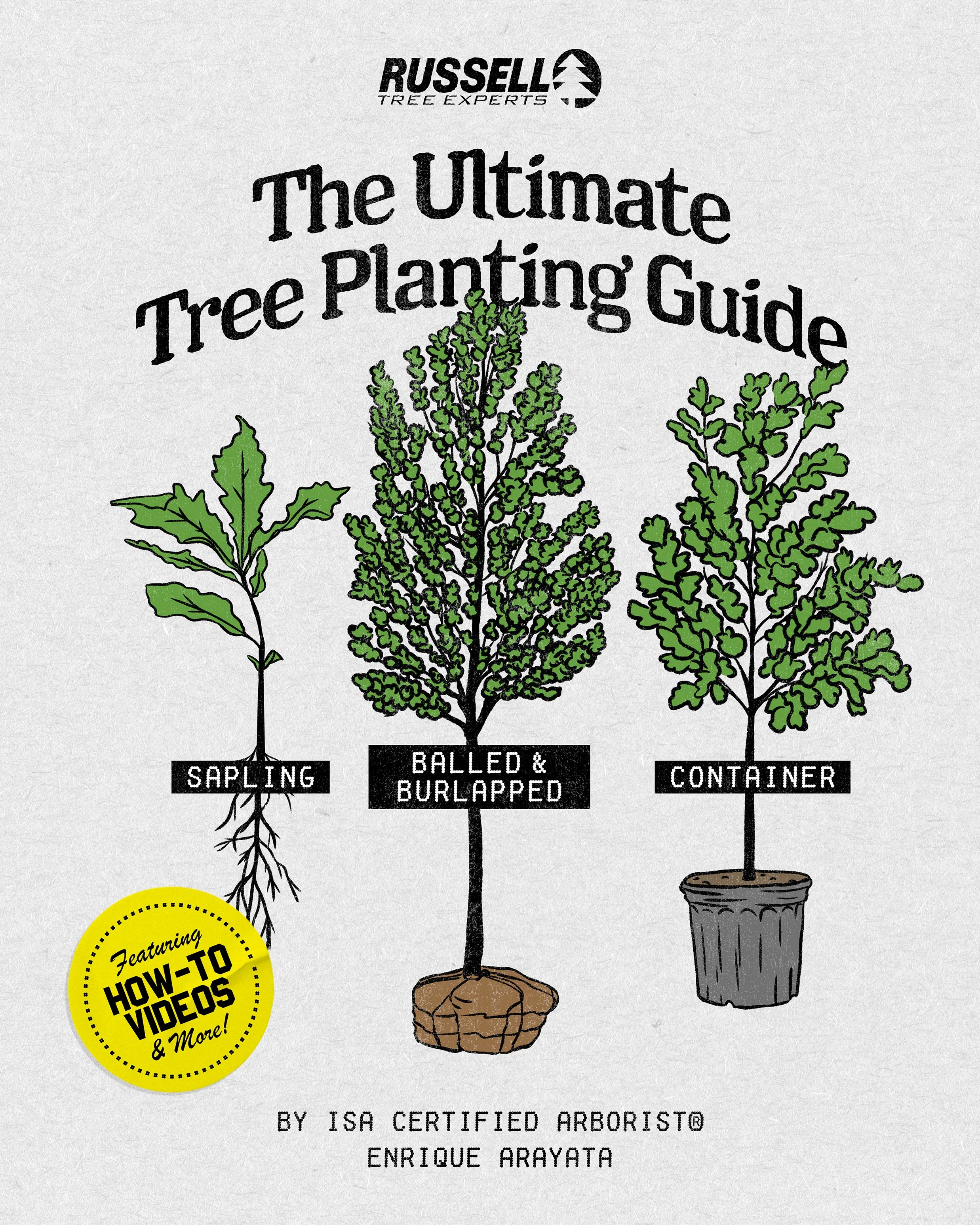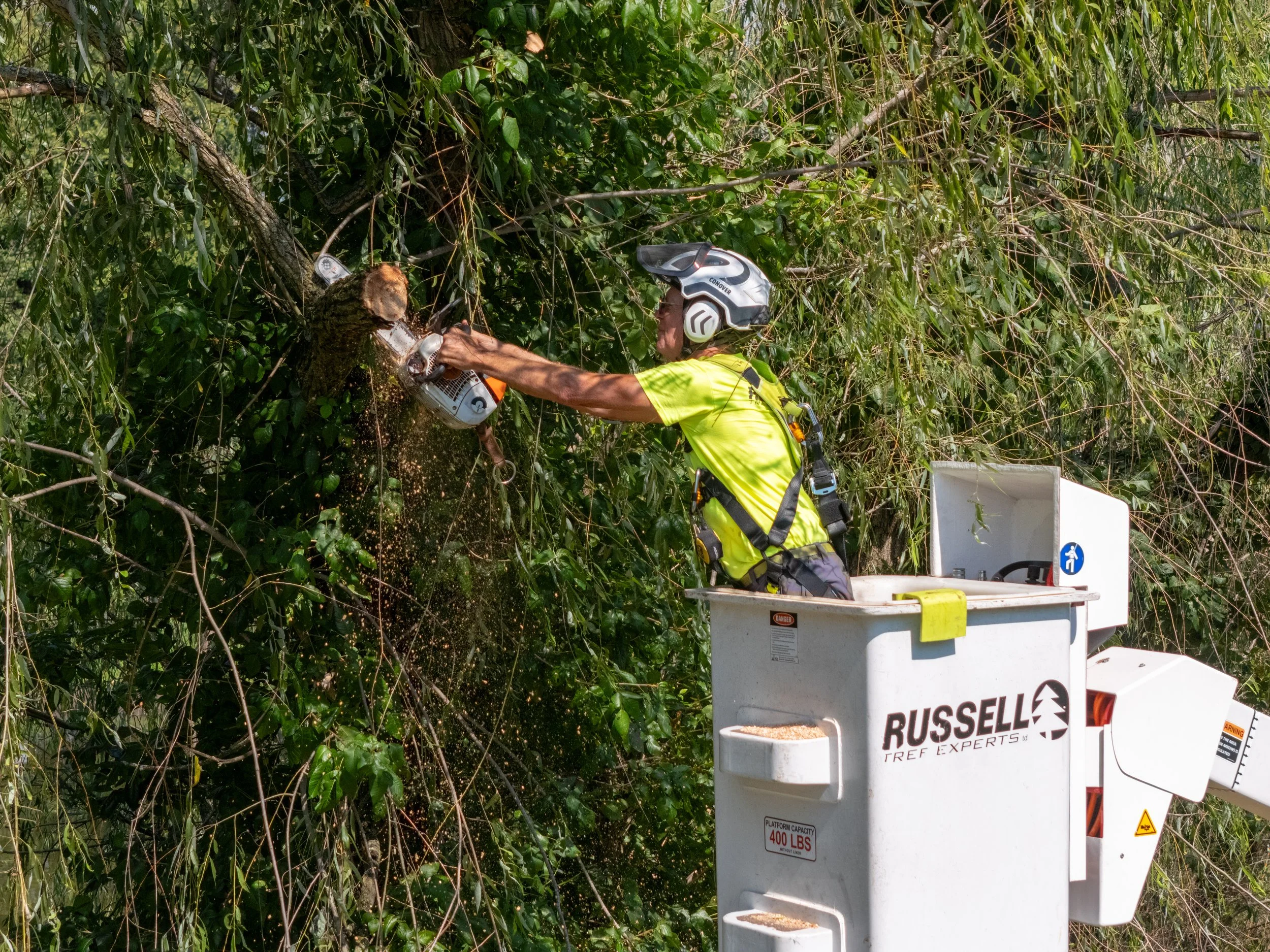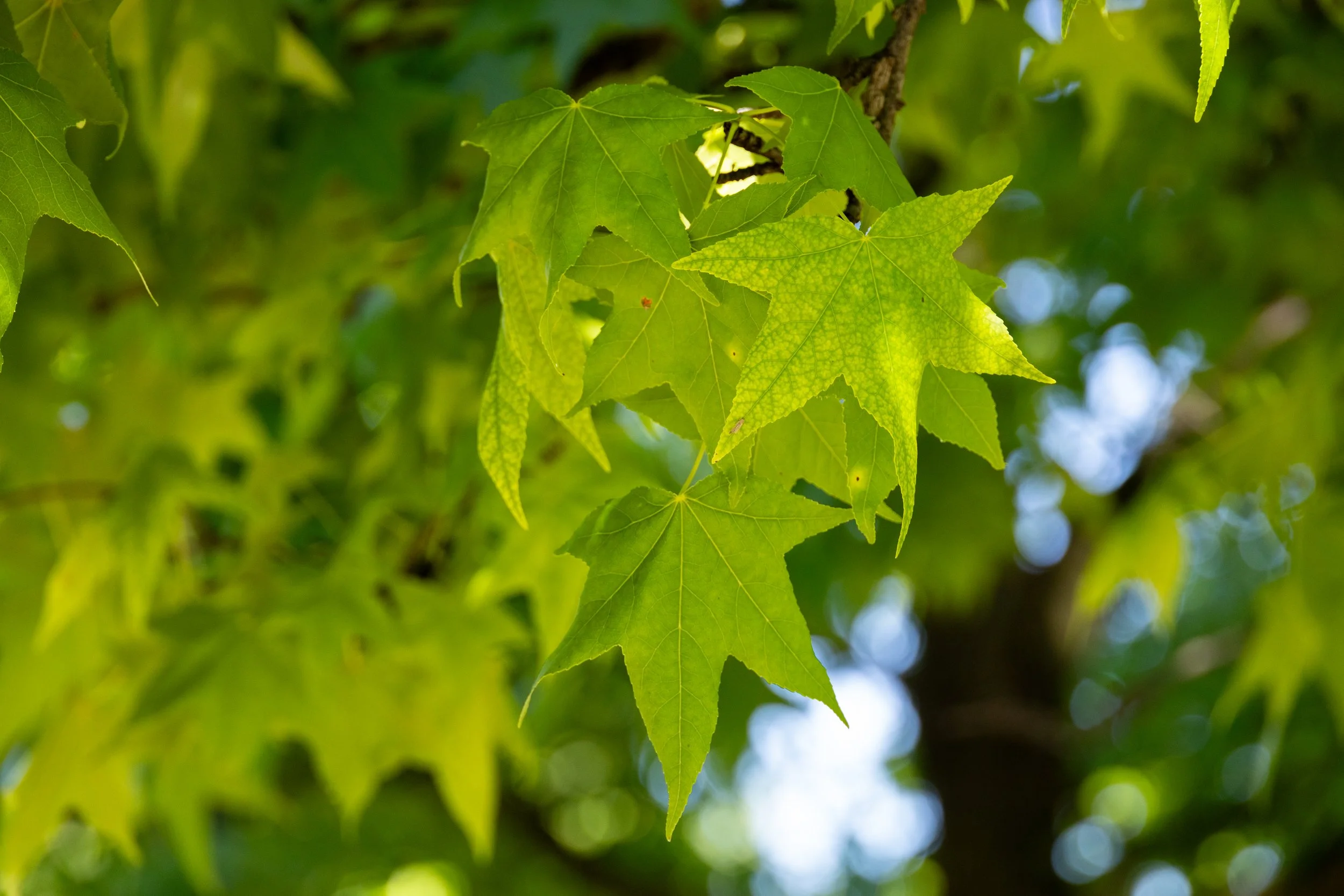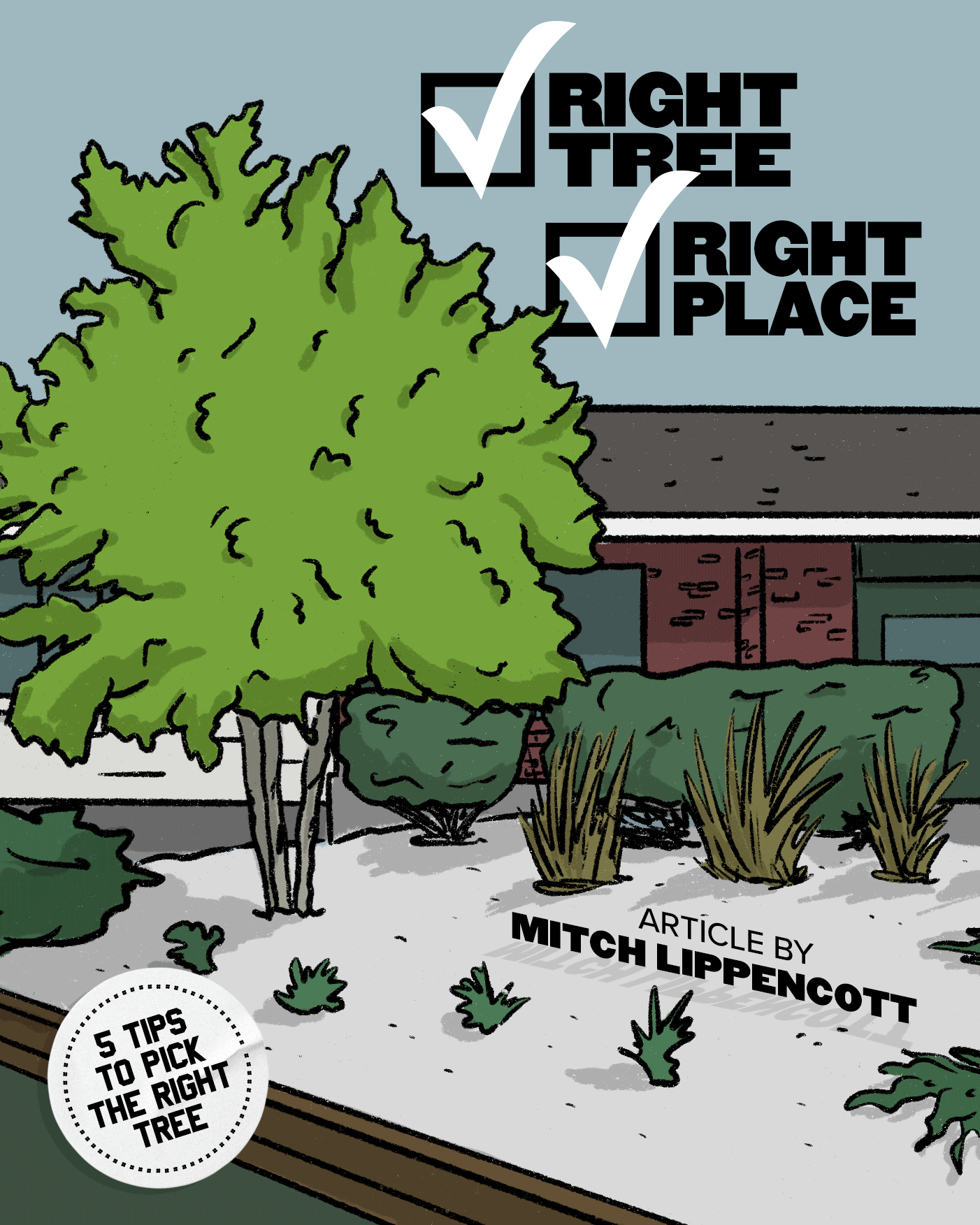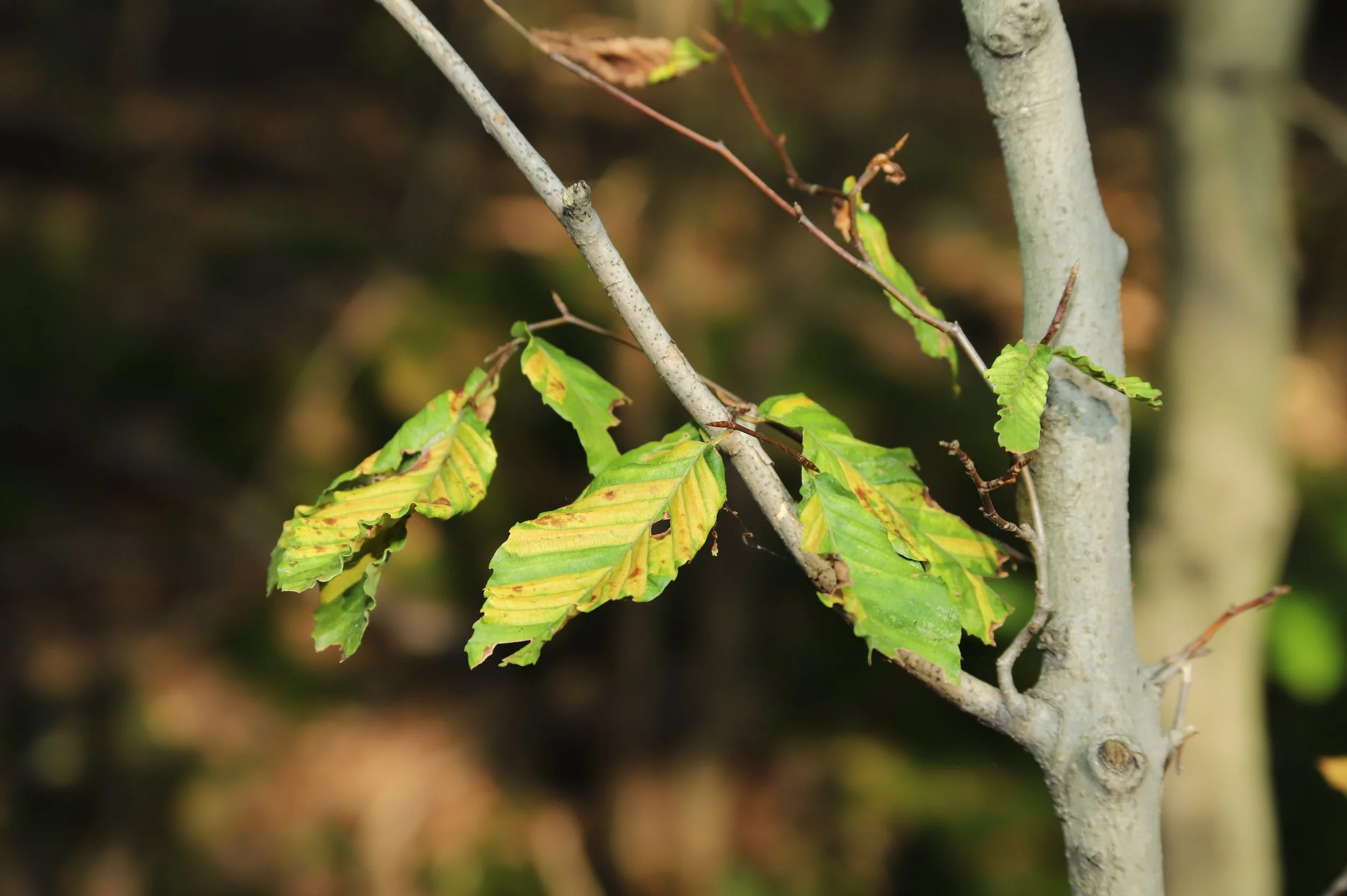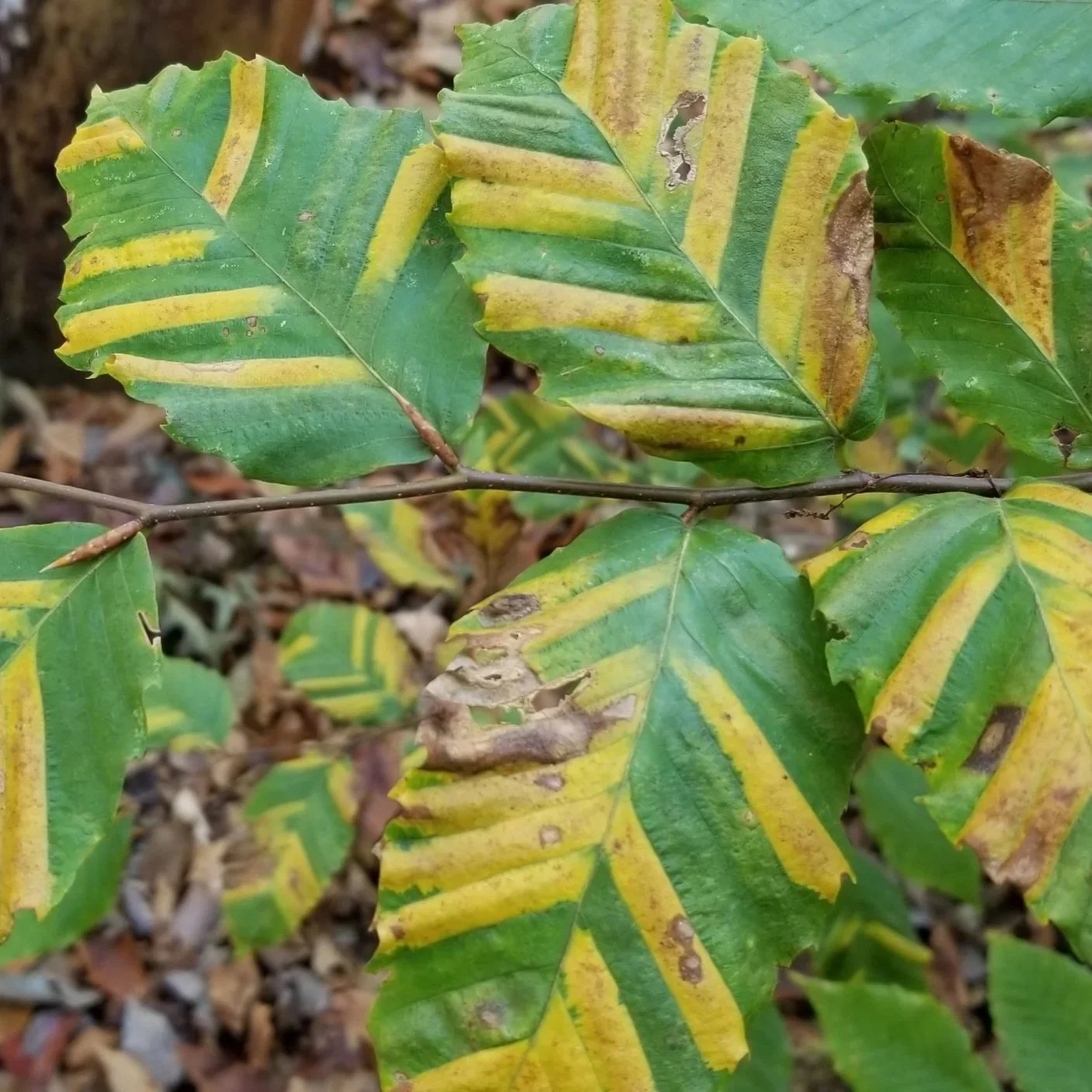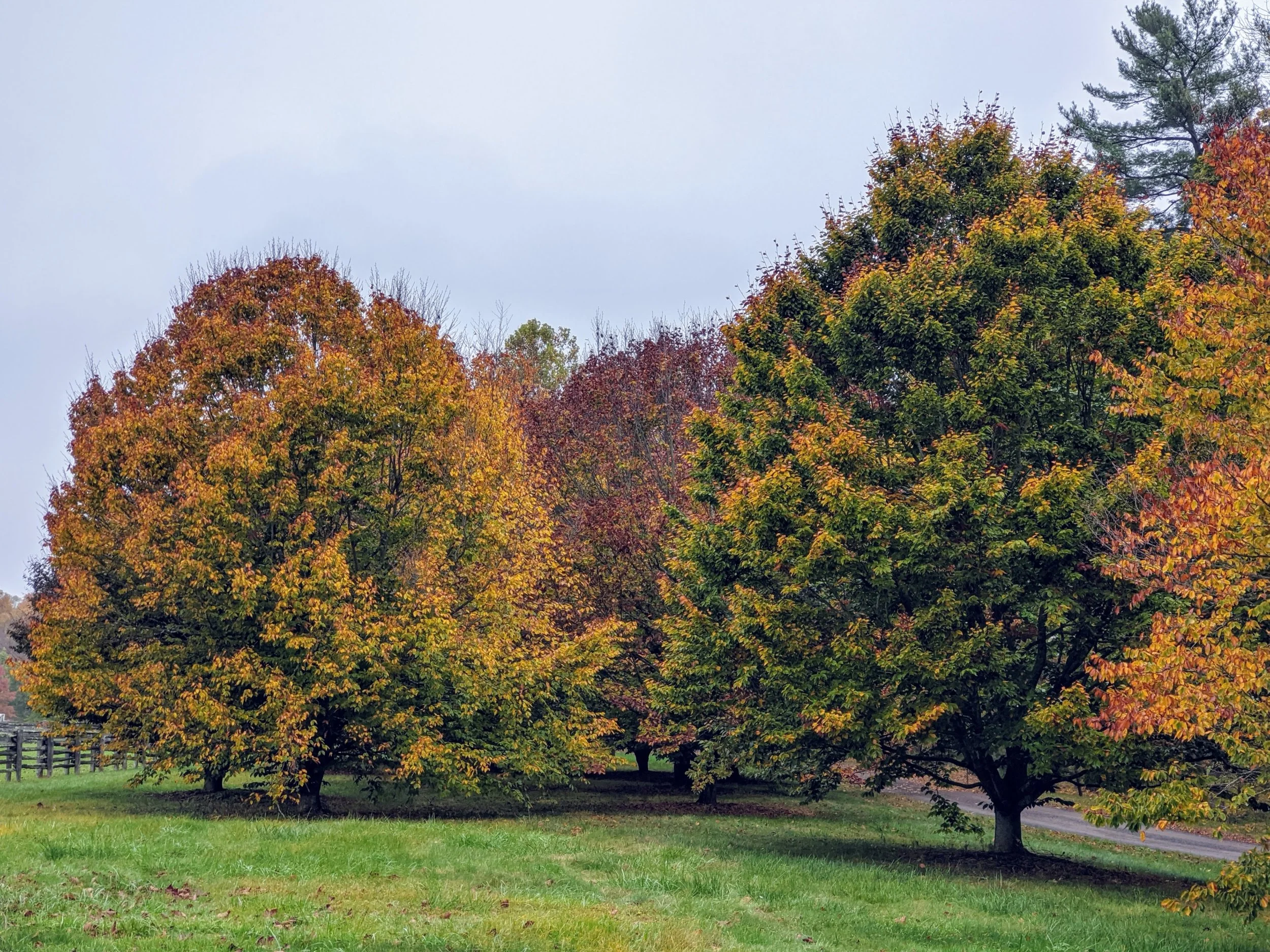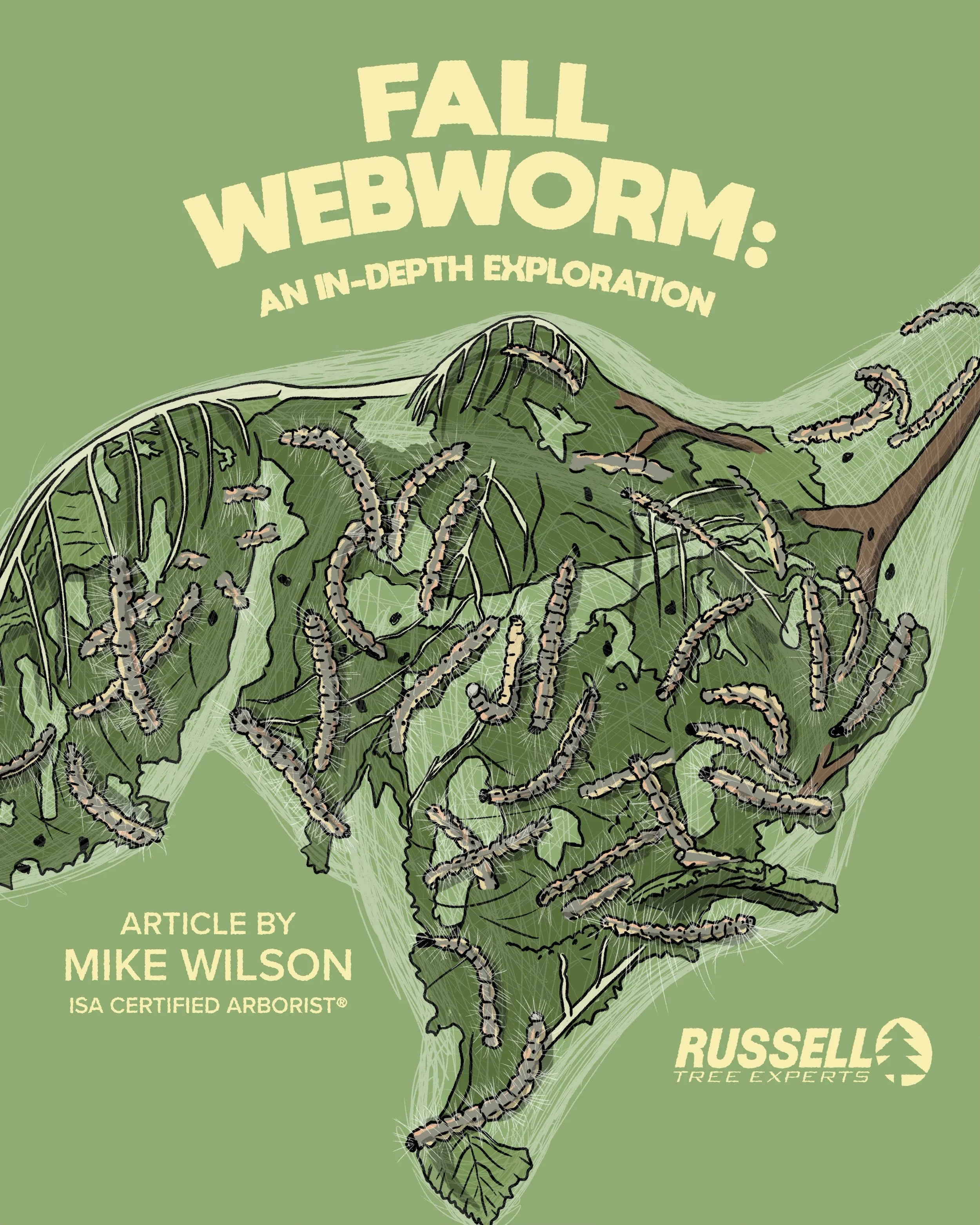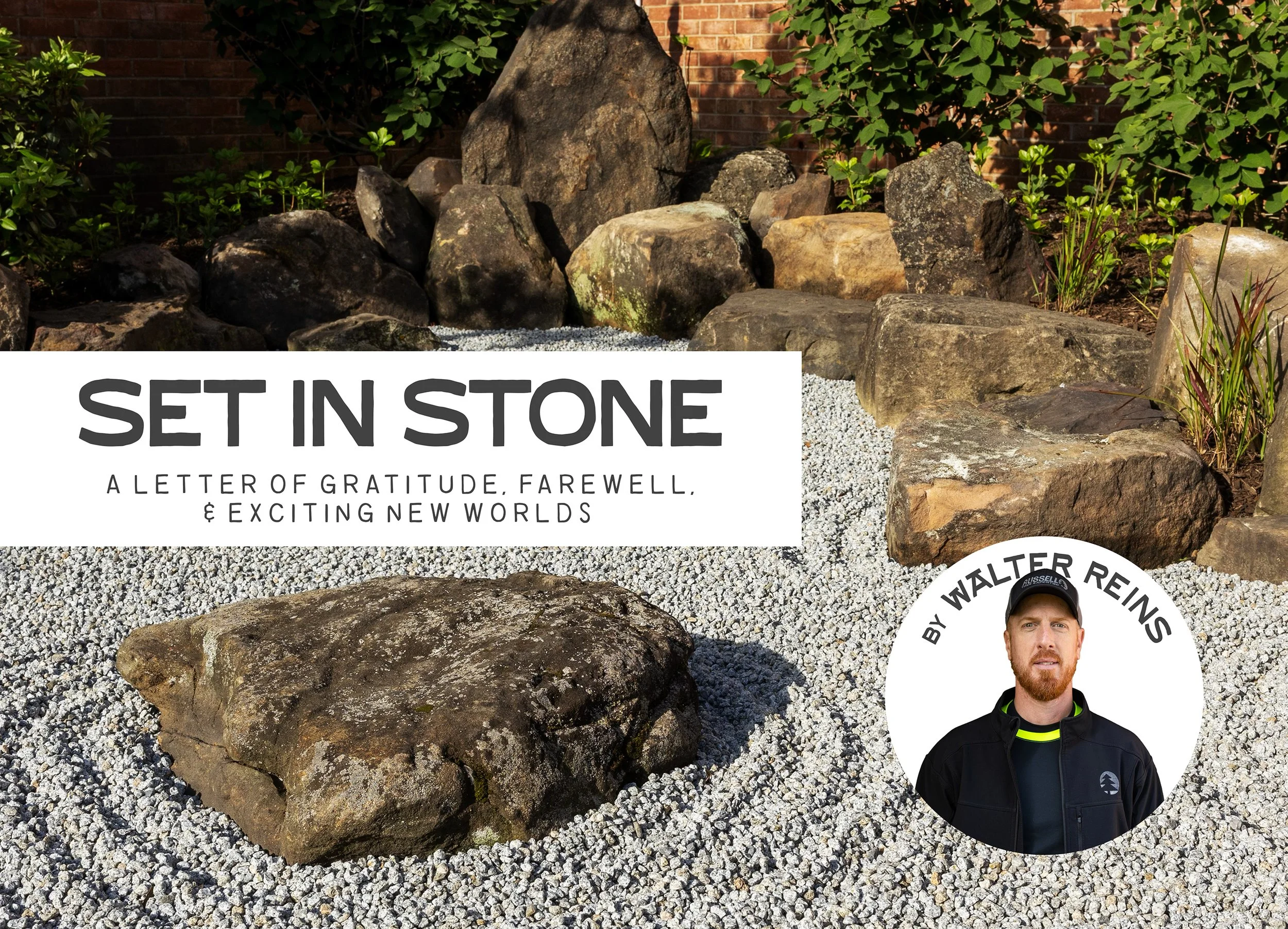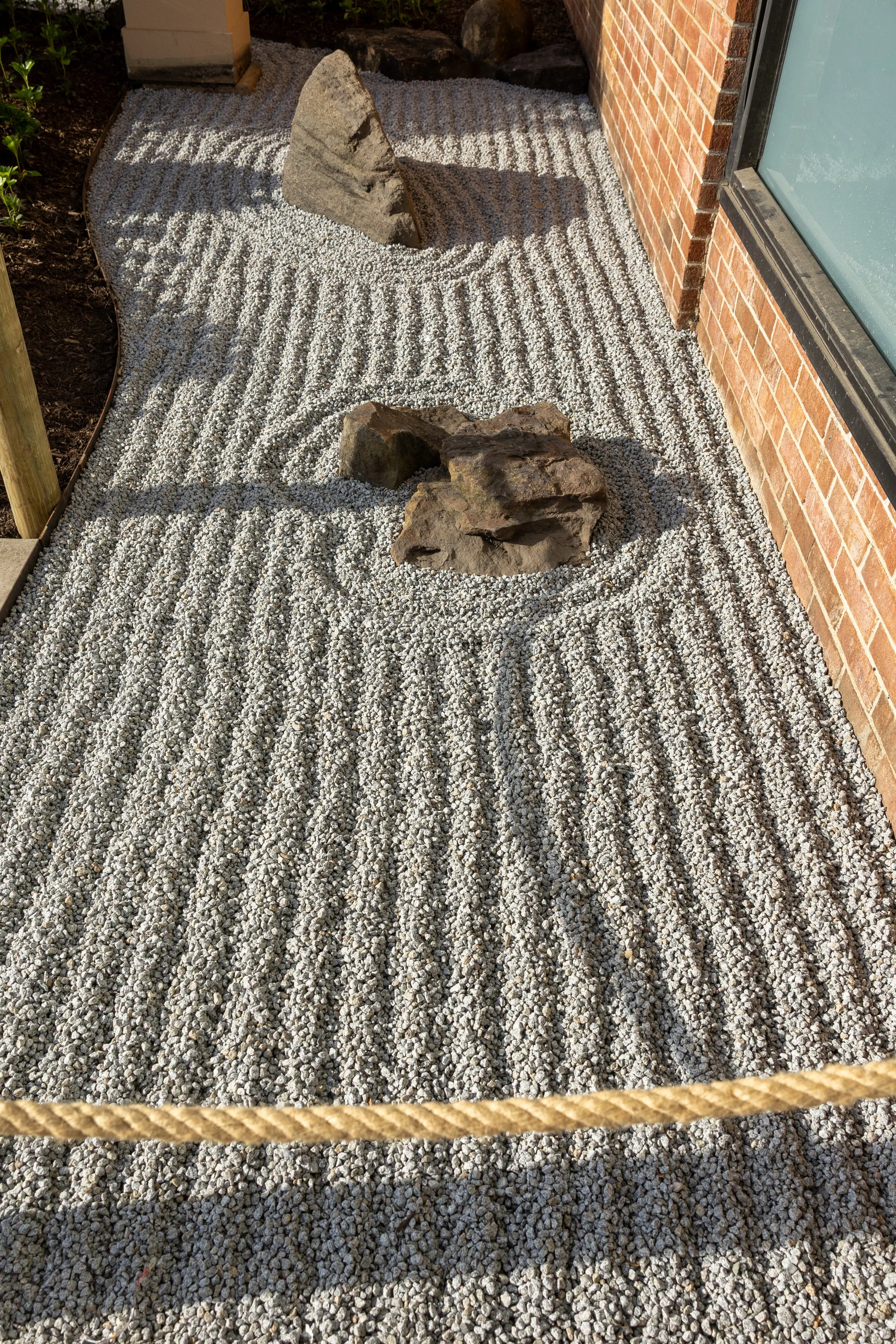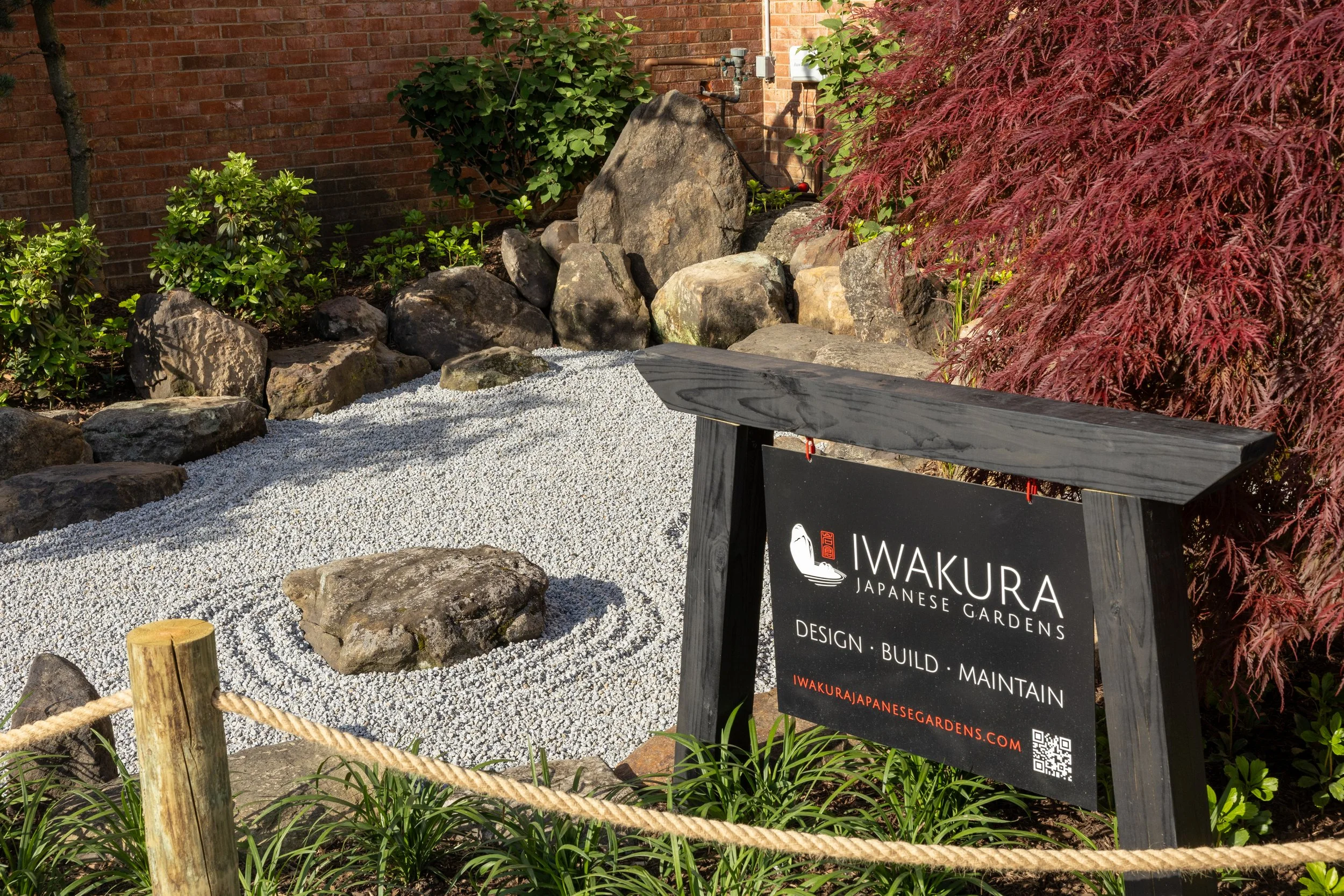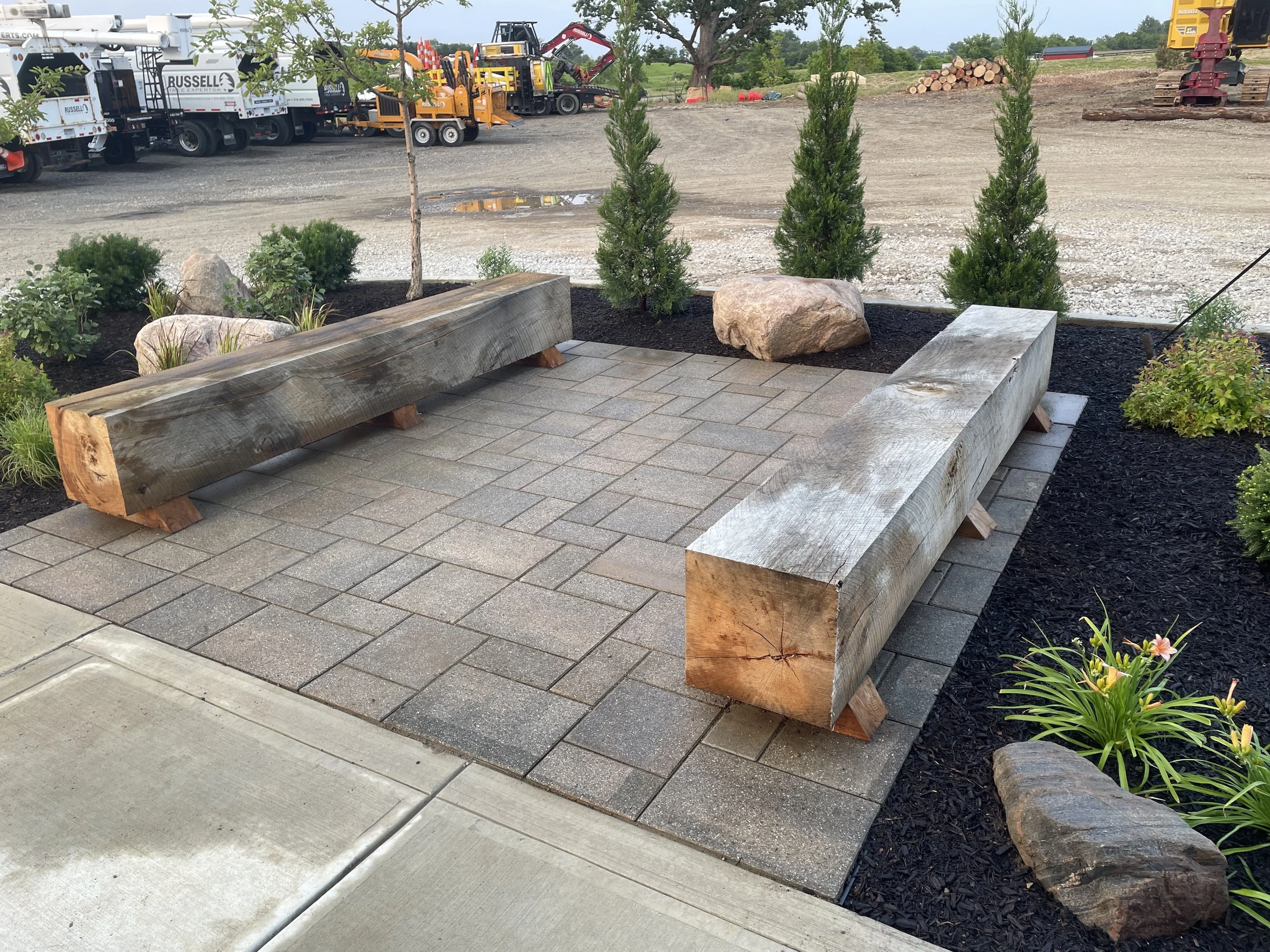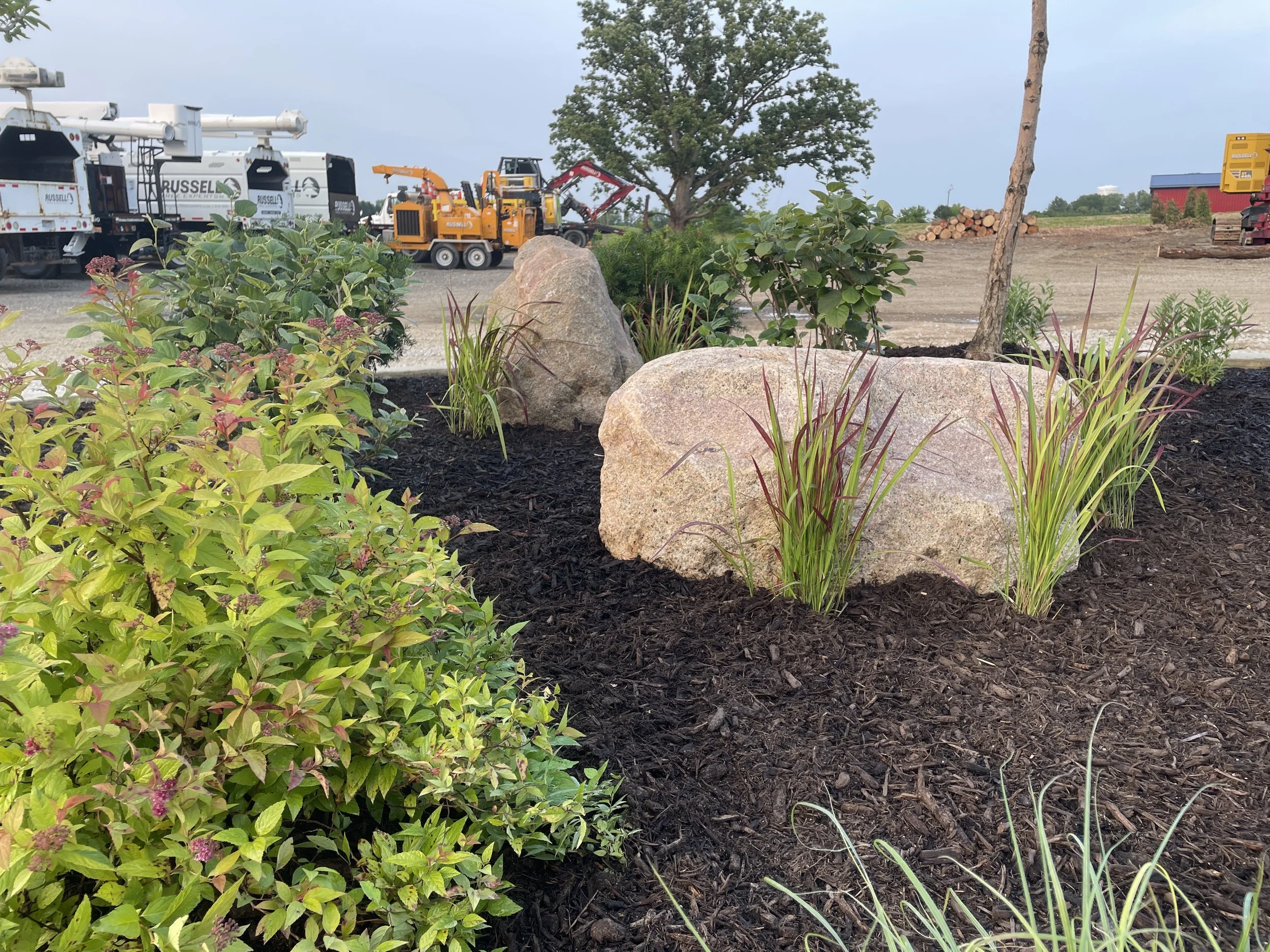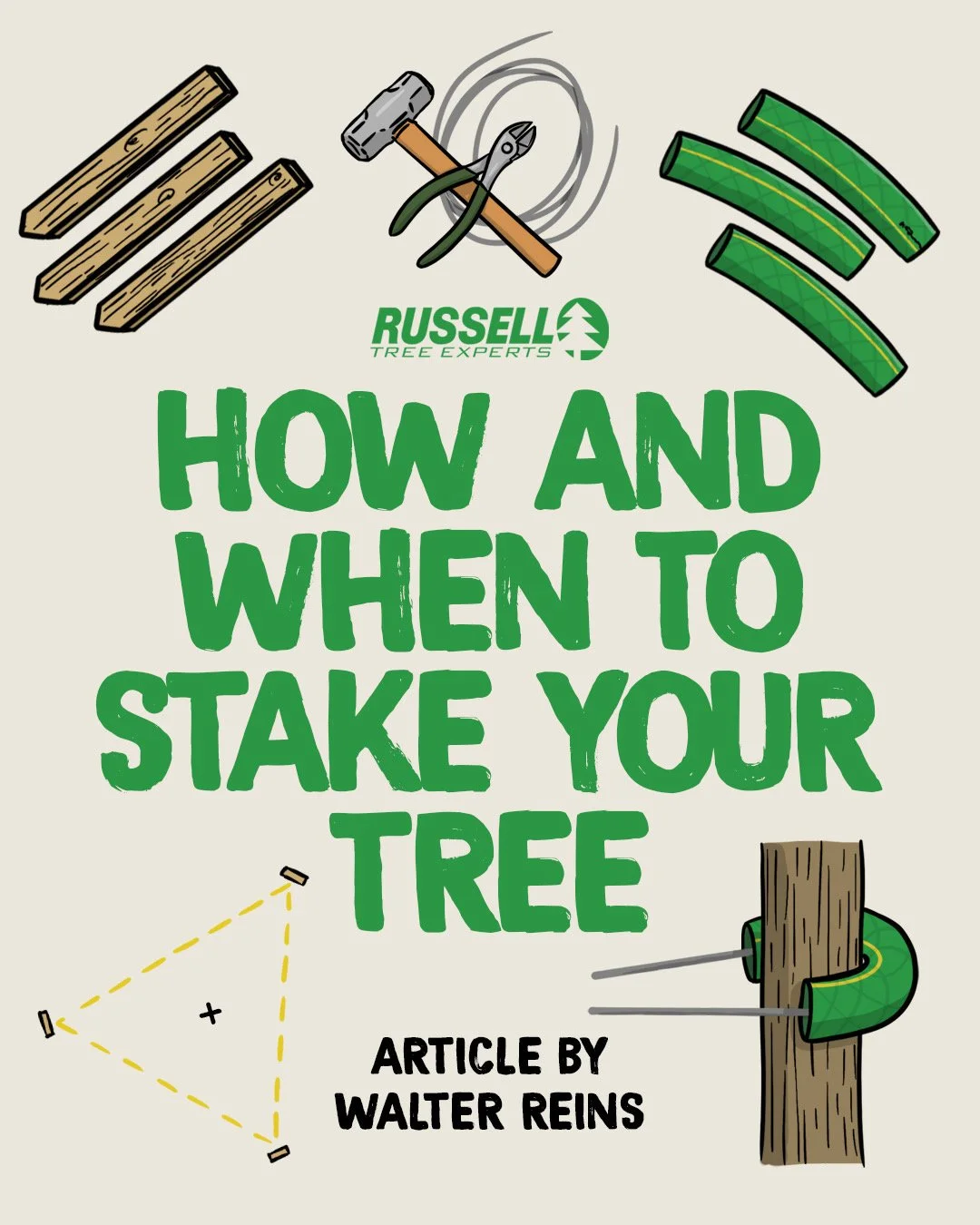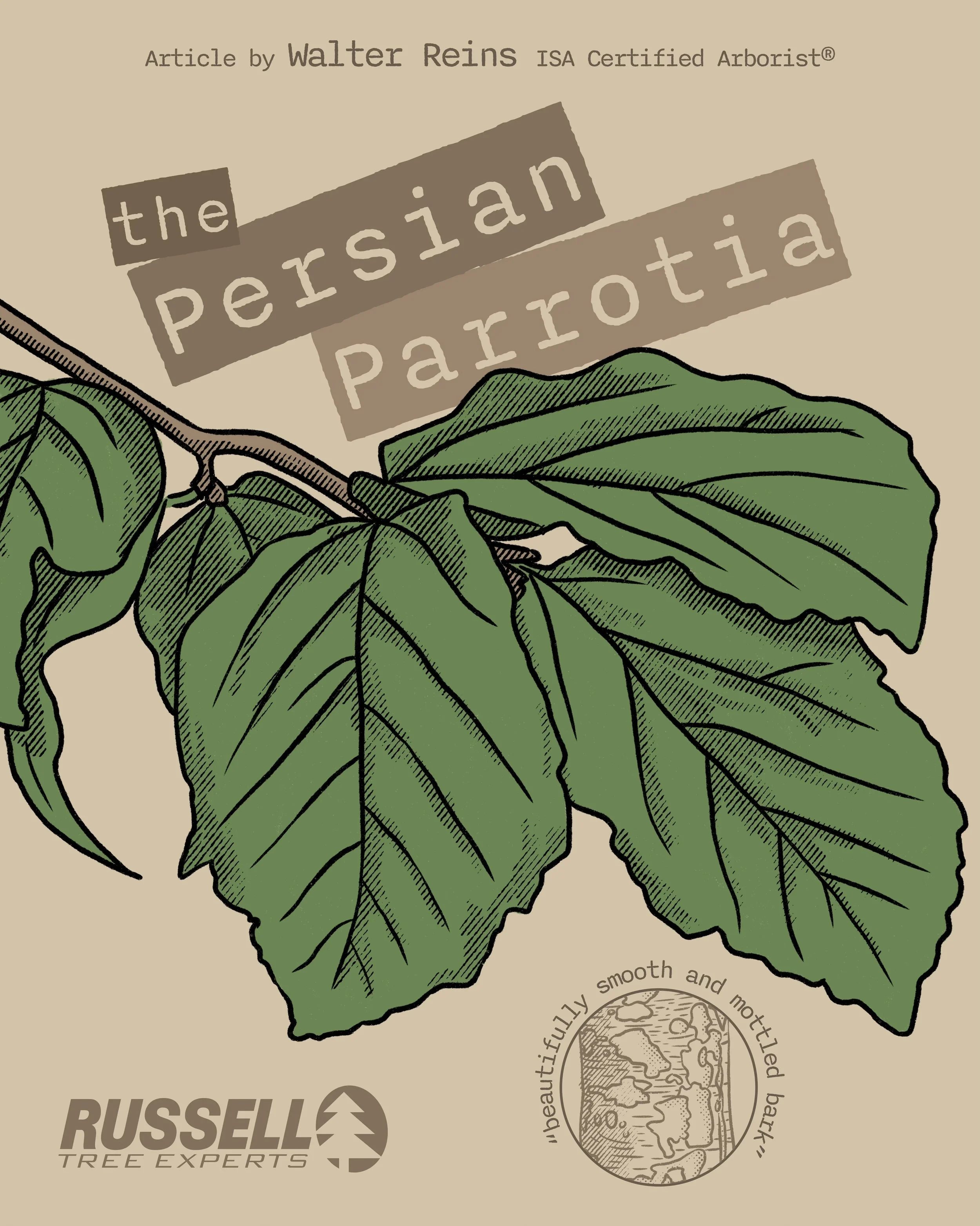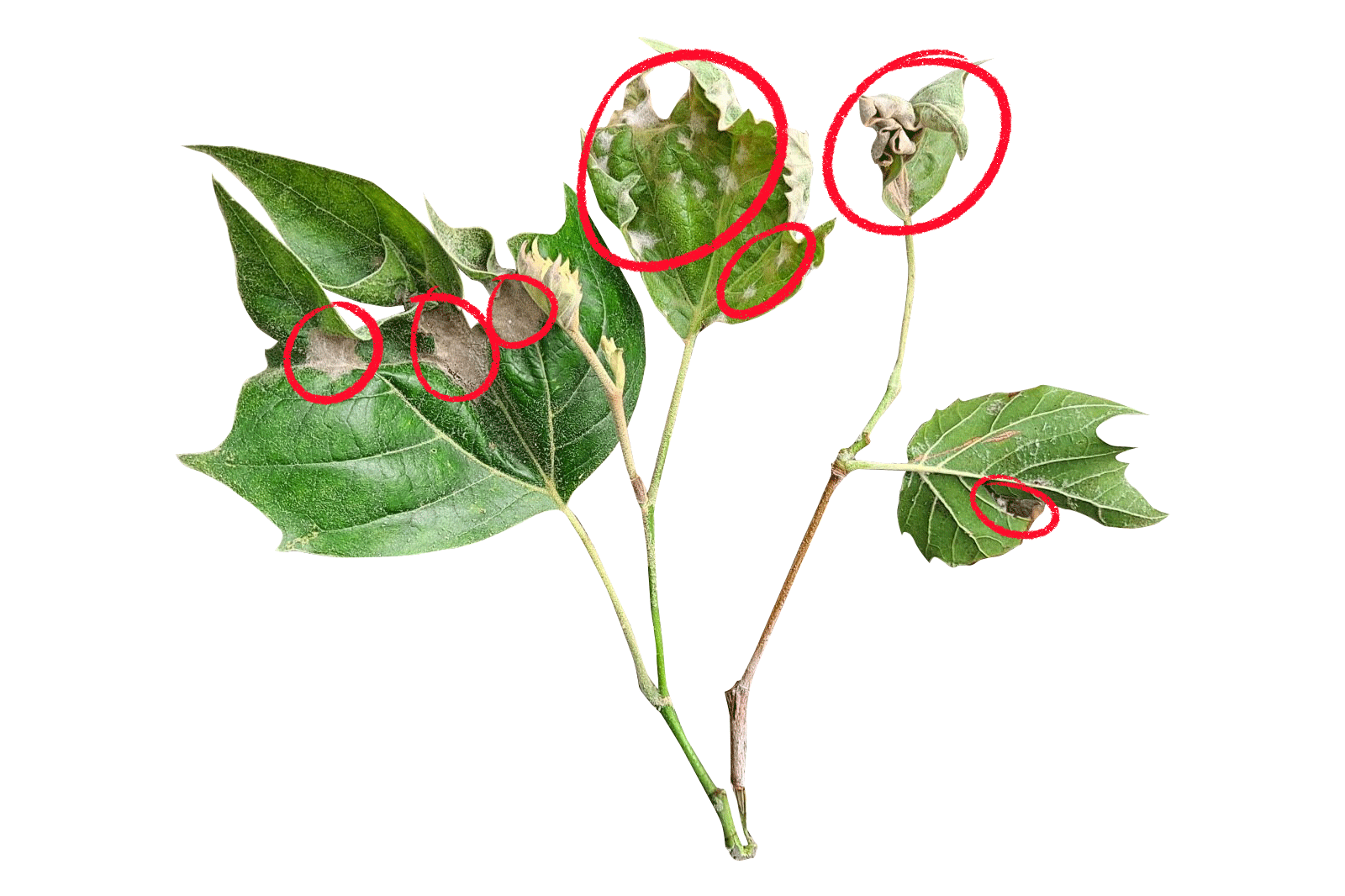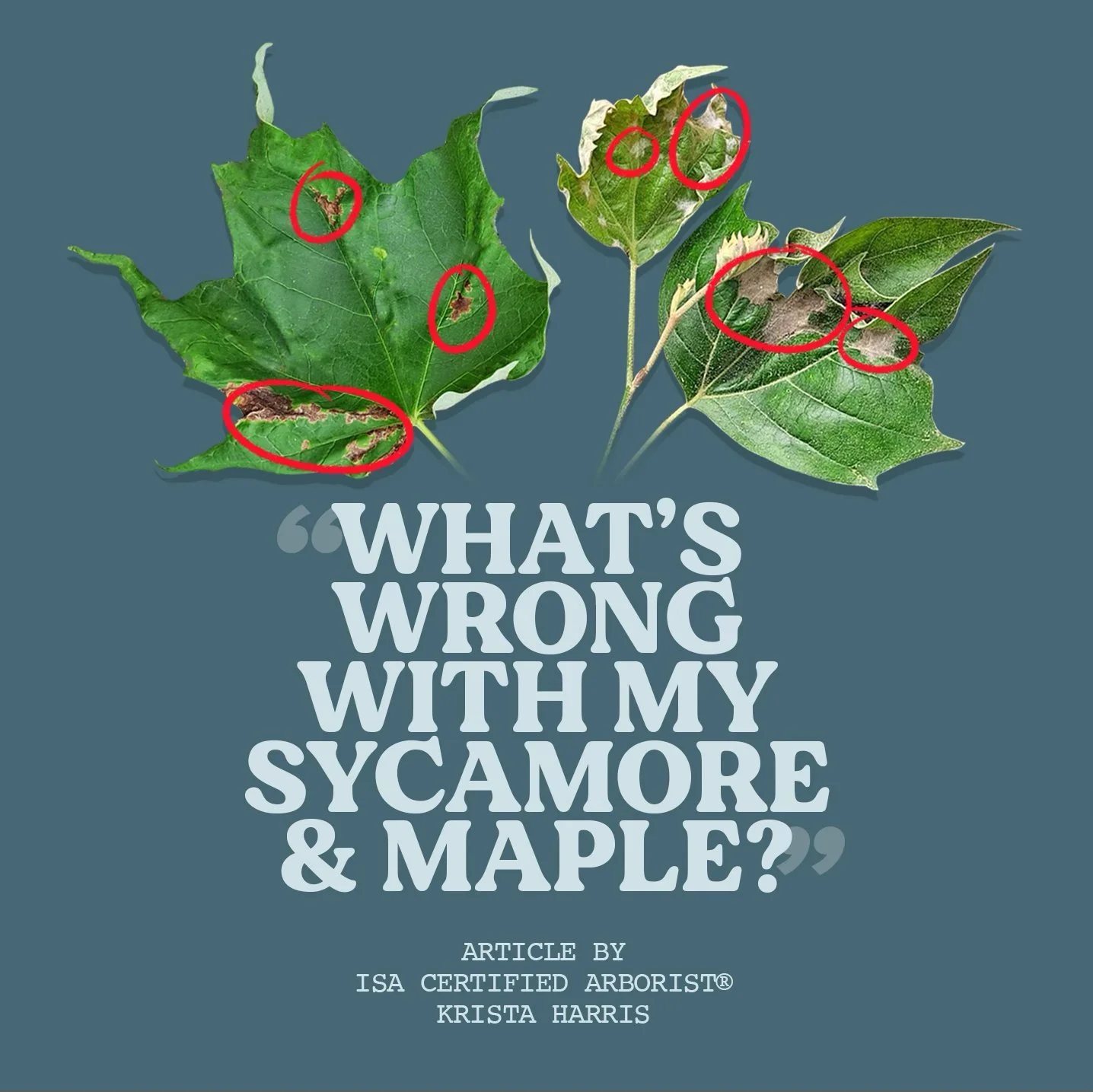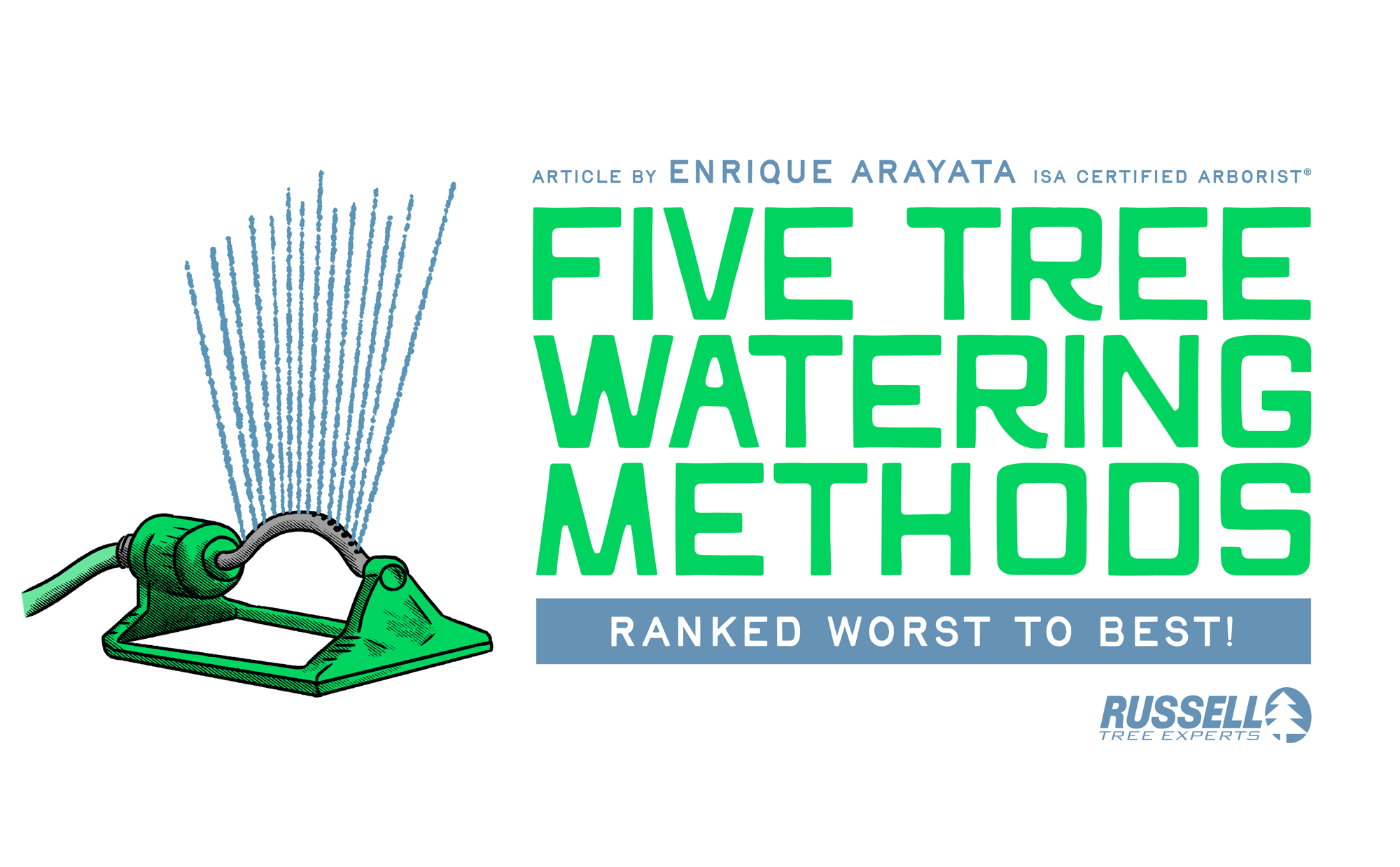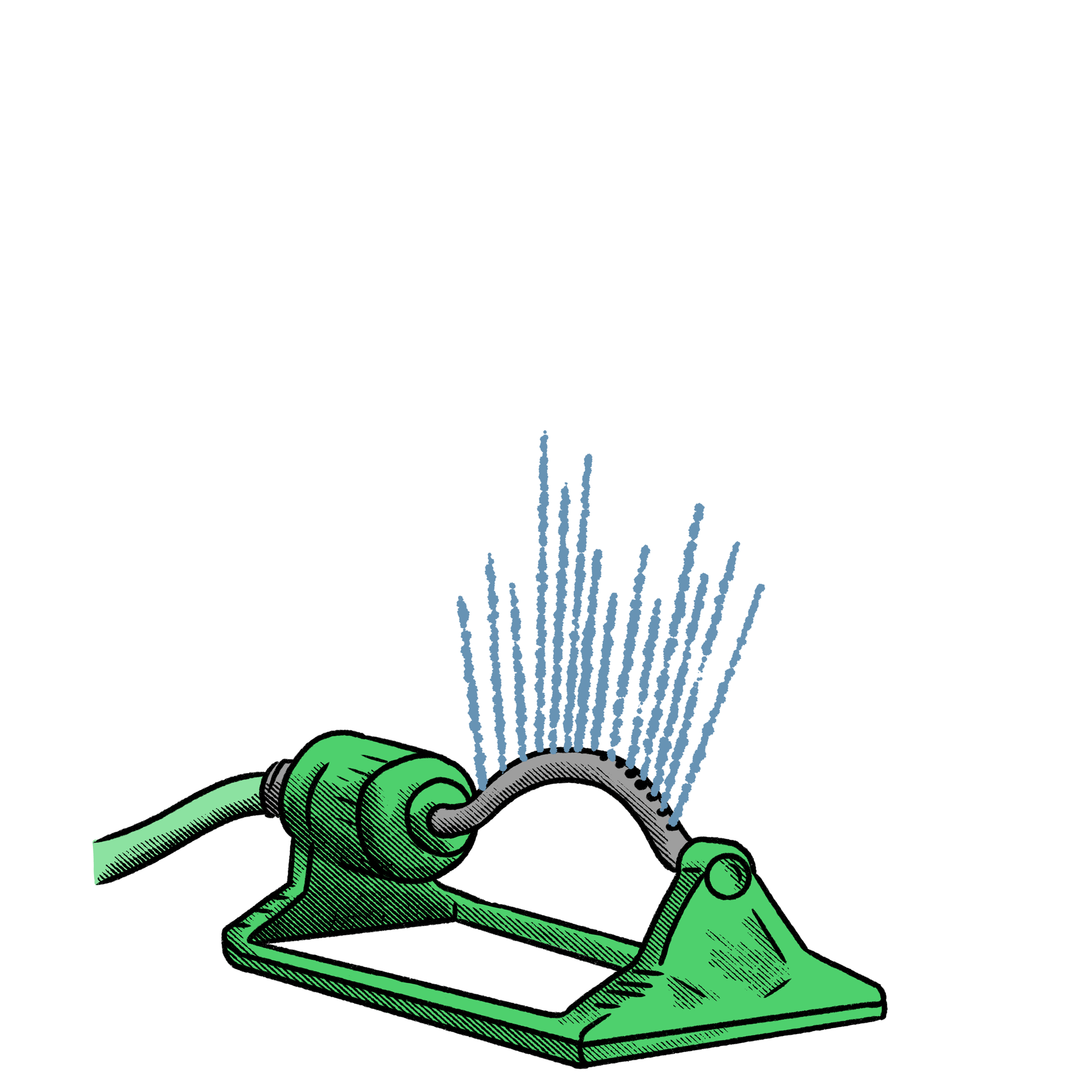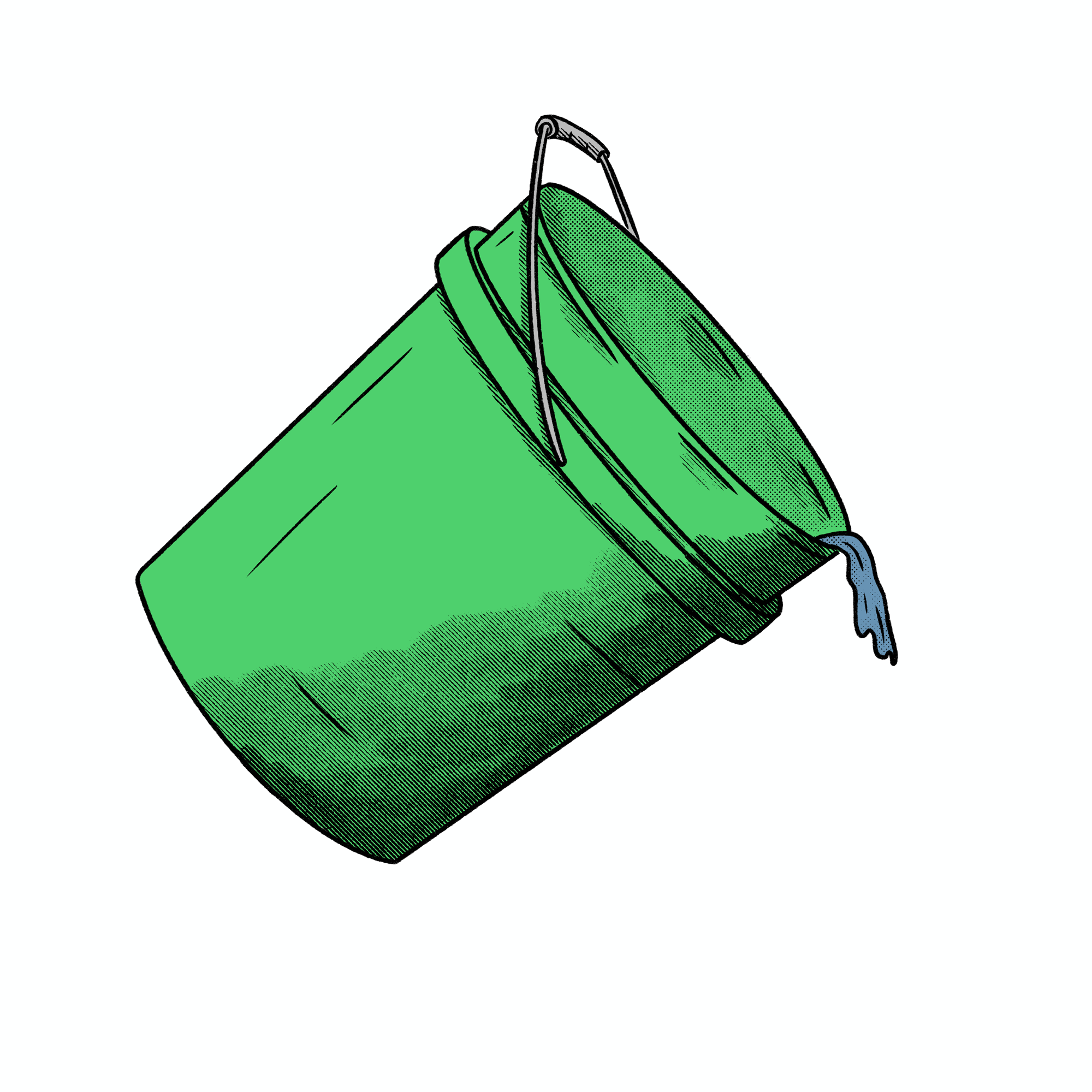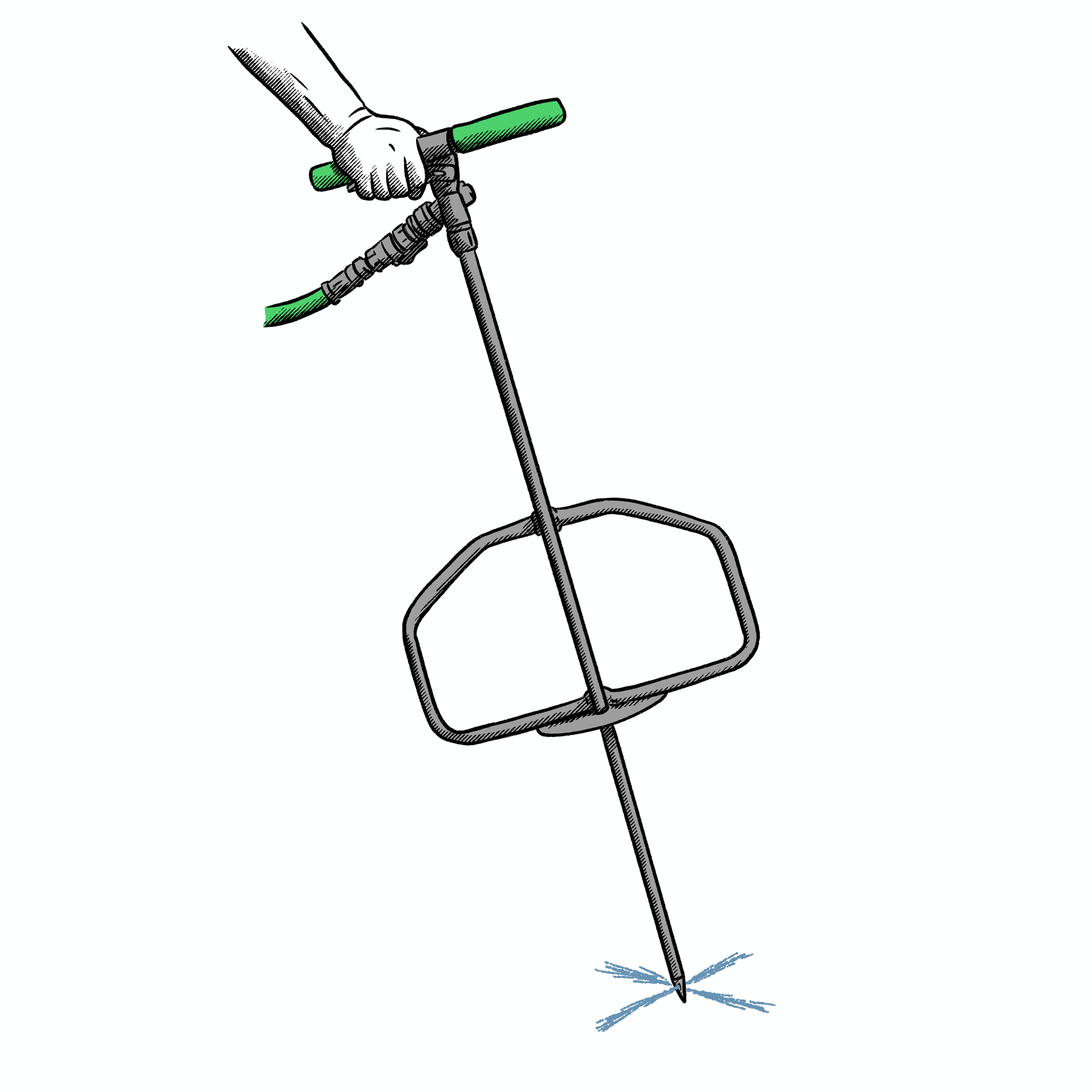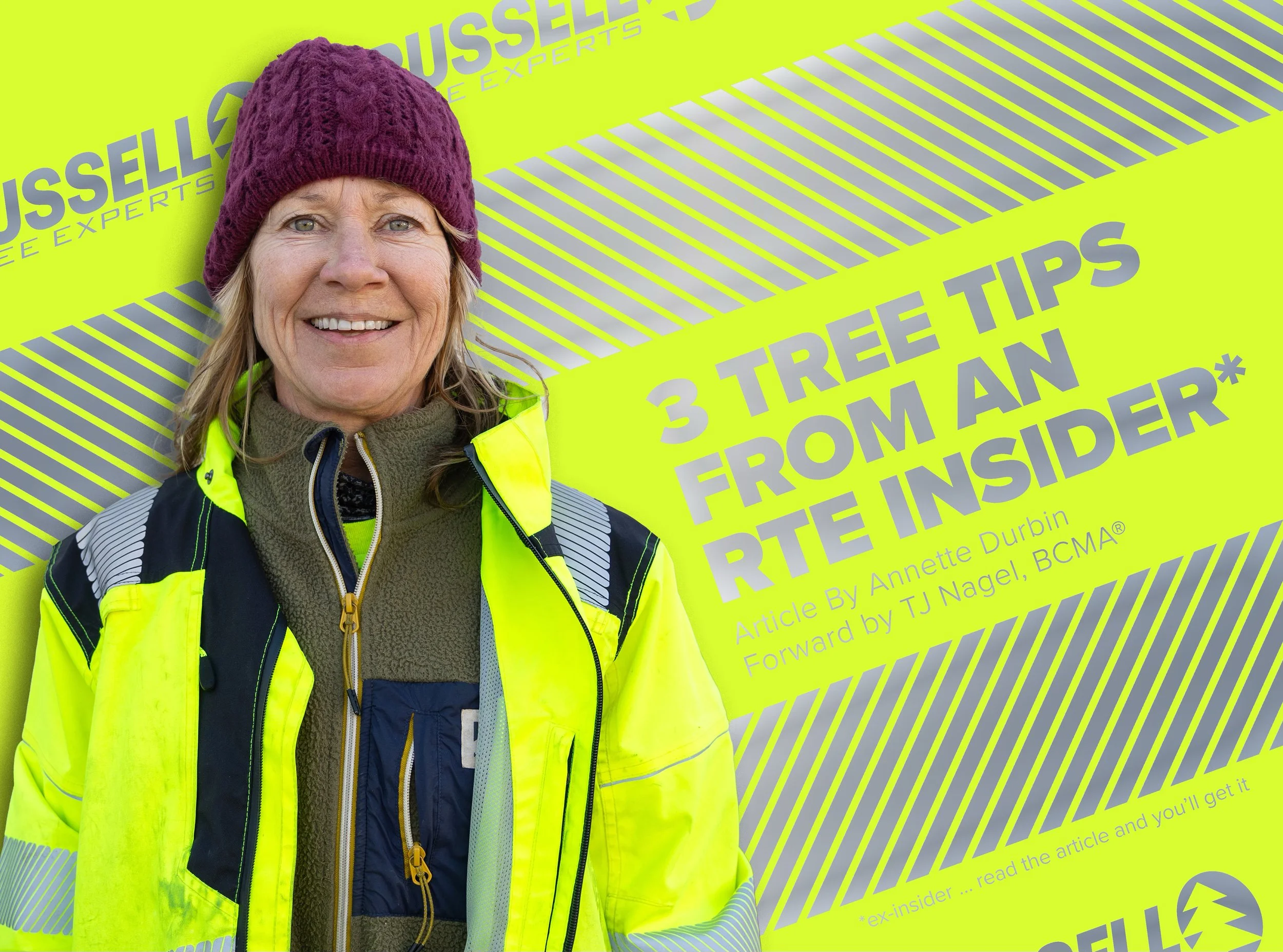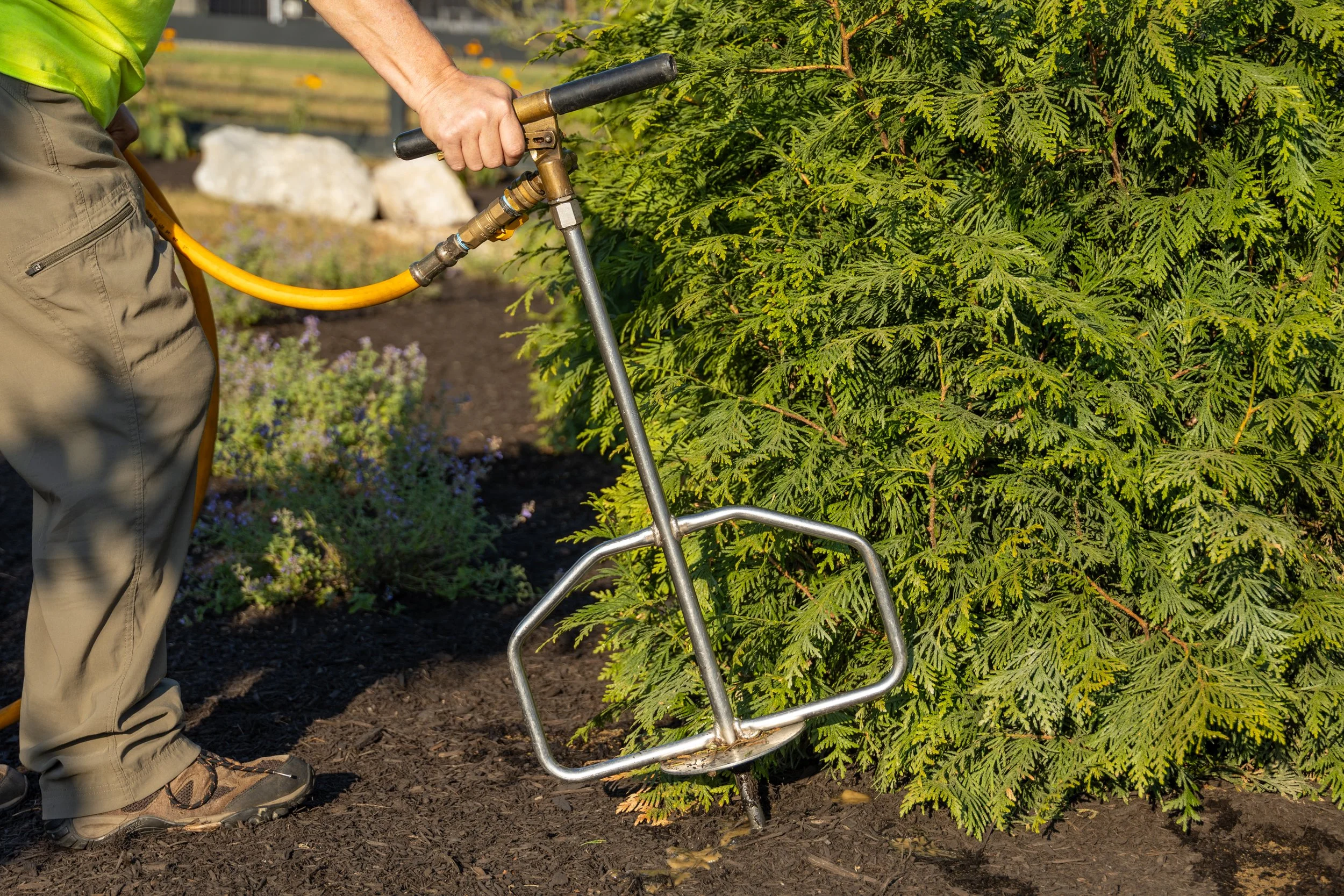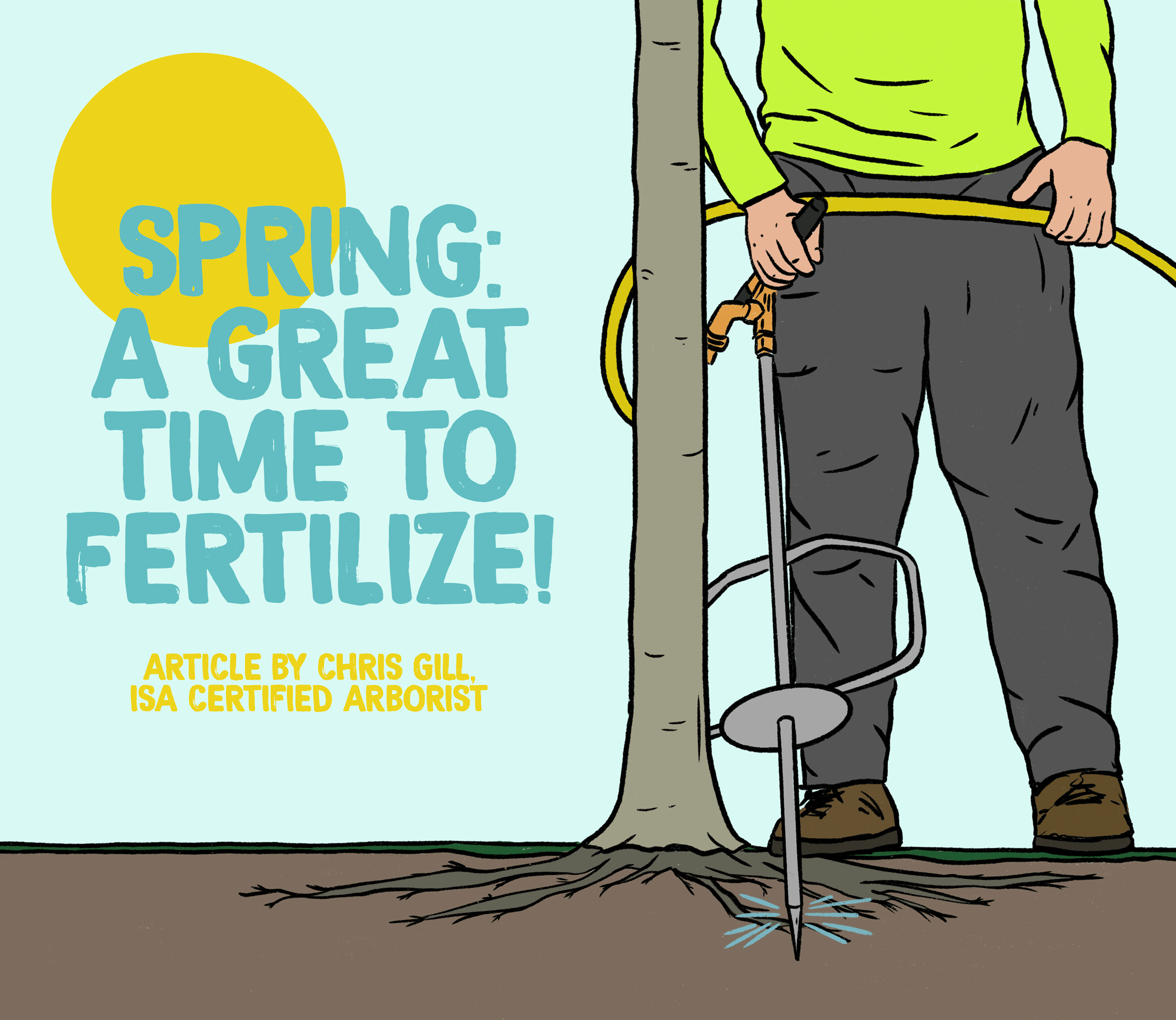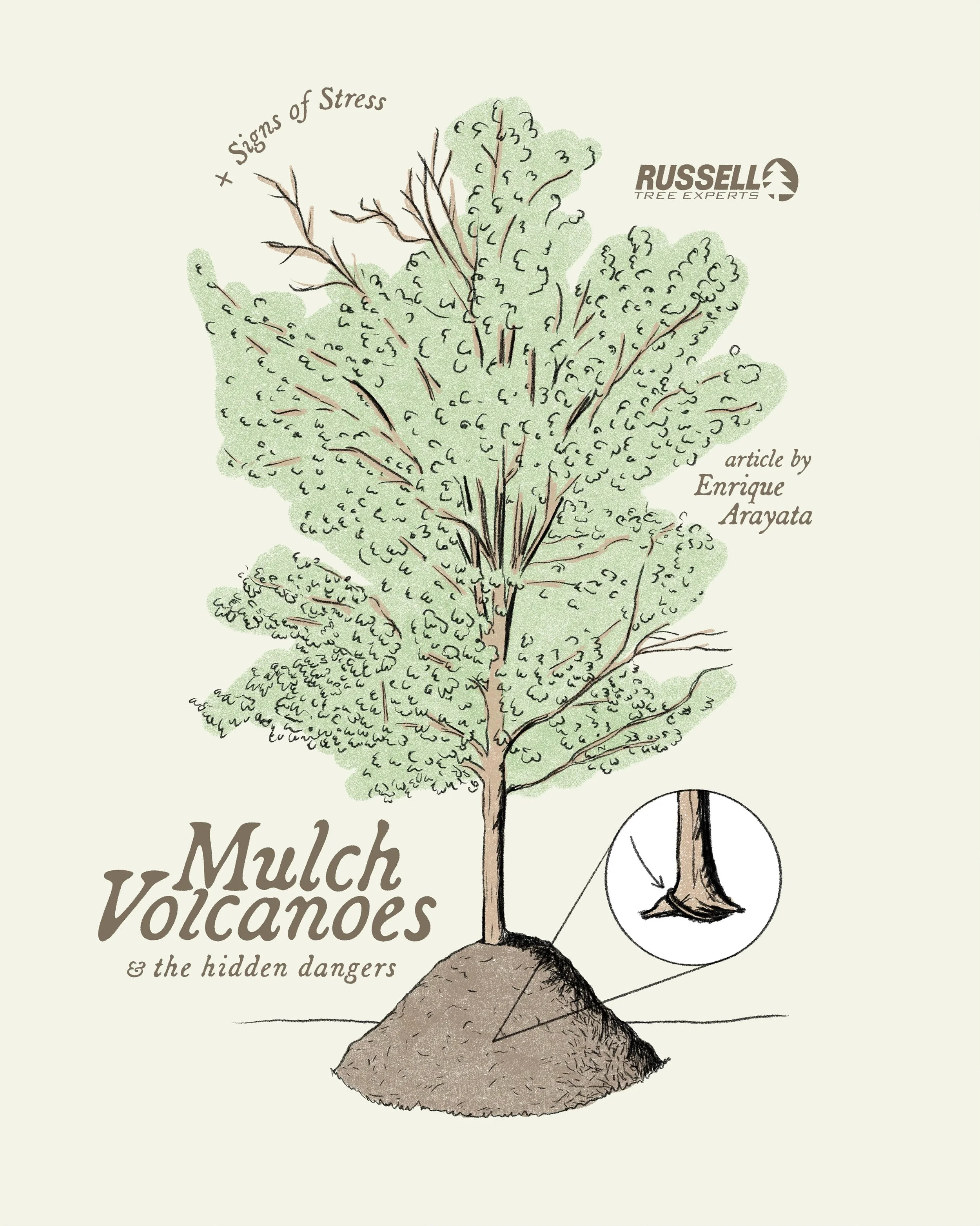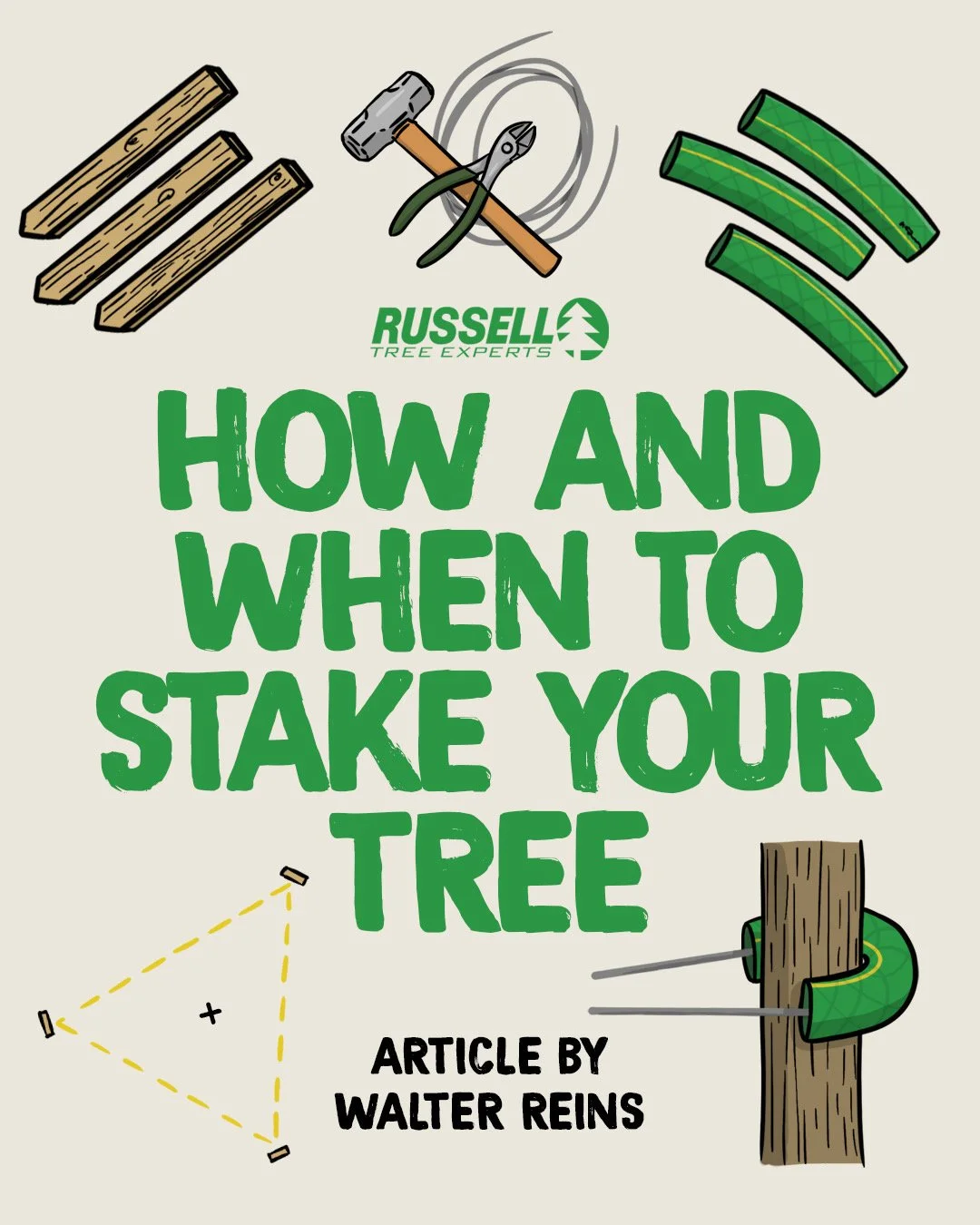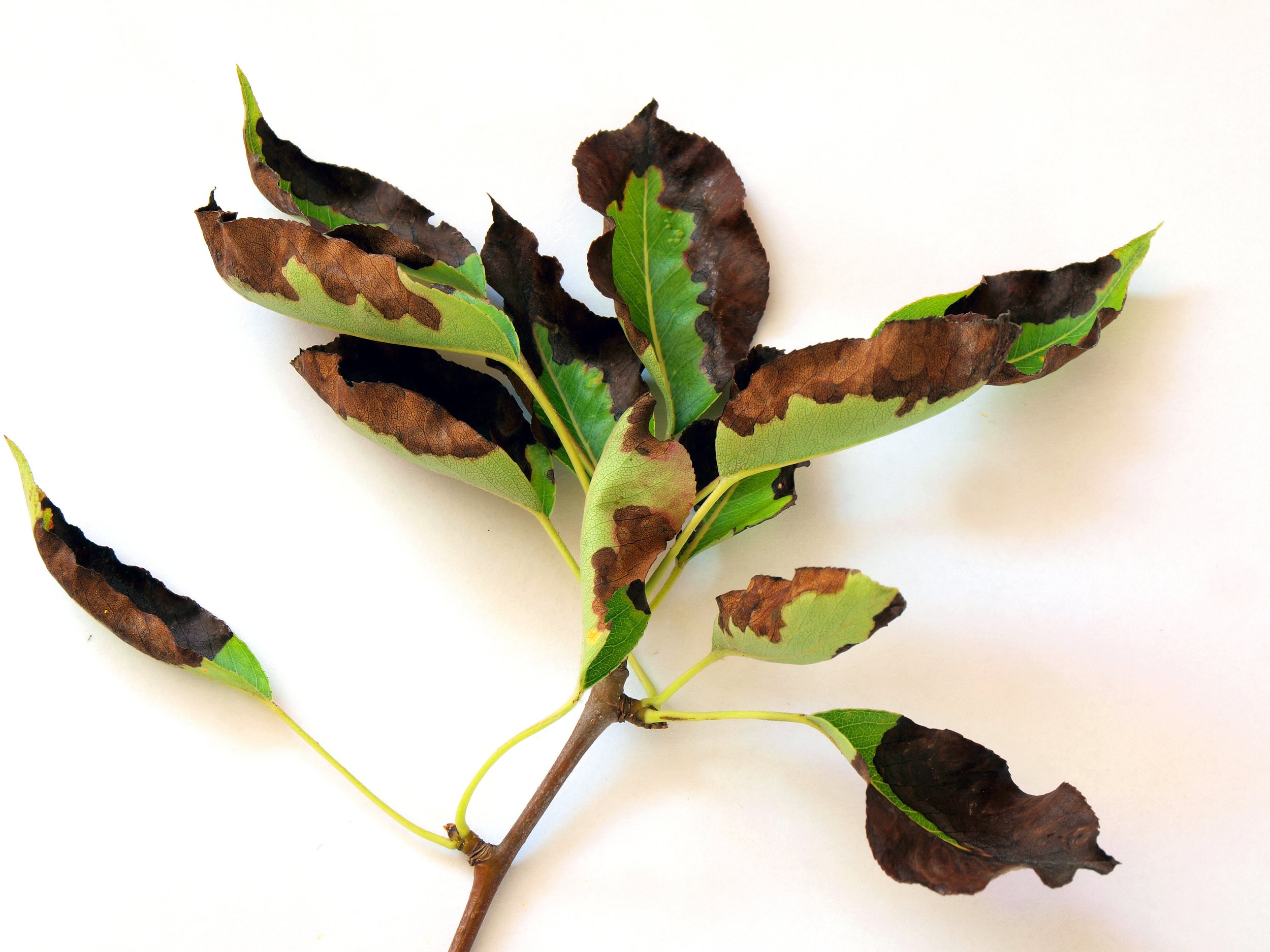By Mitch Lippencott
ISA Certified Arborist® OH-6715A
December 11, 2025
For me, Thanksgiving marks the end of lawn and garden work for the year. It’s time to get to work on the indoor tasks I’ve neglected all summer. It’s time to get back to the gym. It’s time to catch up on some reading.
Here are four of my favorite nature books, plus two others I’ve enjoyed recently that are only partially nature-themed.
1) The Man Who Climbs Trees (James Aldred, 2017)
Not only my favorite nature book—my favorite book, period.
In it, wildlife cameraman James Adlred recalls his travels to the world’s most untamed locations and his climbs in the the planet’s largest trees, as he pioneered techniques to film exotic animals for National Geographic and the BBC.
His concise writing style and matter-of-fact outlook keep the tempo fast and the adventures harrowing.
As another man who climbs trees, I’m profoundly jealous Mr. Aldred found a much cooler way to put our shared skill set to use!
2) Entangled Life (Merlin Sheldrake, 2020)
The science will be too science-y for some, but the facts Mr. Sheldrake presents here are fascinating! Fungi are among the most adaptable, industrious, and dare I say, intelligent? life forms on the planet. We are only beginning to scratch the surface of their capabilities and potential benefit to humanity.
Once you get pulled into this one, you’ll have trouble putting it down. You’ll also annoy your friends and family reciting all the incredible things you’ve learned!
3) The Treeline (Ben Rawlence, 2022)
As our planet continues to warm, the boreal forests of the Arctic Circle march rapidly northward. In this book, environmentalist Ben Rawlence traveled to Greenland, Canada, Alaska, Scotland, and Siberia to see these forests, meet the people they impact, and learn from the scientists studying there.
It takes a while to get moving, and the tempo is much slower than The Man Who Climbs Trees. Stick with him, though, because his concluding statement on climate change is profound!
4) The Light Eaters (Zoë Schlanger, 2024)
I listened to this on audiobook. Between the author’s fascinating content and pleasant reading, I found myself hoping for red lights.
Much like Entangled Life, this one is science-heavy but mind-blowing! While she never goes so far to suggest sentience, Ms. Schlanger makes a strong case plants can feel, hear, communicate, remember, and even plan ahead.
5) The Drunken Botanist (Amy Stewart, 2013)
Do you like plants and booze?
Me too! And we’re not alone.
In this best-seller, Ms. Stewart details how humans of all eras and all locations have been turning fruits, nuts, seeds, grains, herbs, trees, mushrooms, and just about anything else we can find into hooch. She even shares cocktail recipes and plant growing guides.
While the descriptions are entertaining and easy to digest, this book’s format reads more like a reference than a page-turner…I suspect you’ll find yourself pulling it off the shelf more than myother recommendations but will likely never read it cover-to-cover.
6) A Geography of Oysters (Rowan Jacobsen, 2007)
Rowan Jacobsen is another author I enjoy reading but am envious of! He has turned his passion for food and the places it comes from into a James Beard Award winning career.
Here, he travels the oyster-farming regions of North America, highlighting how their shape, color, and flavor are tied directly to the environment they are grown in. Yes, it’s more about food than nature, but this book’s emphasis on terroir will leave you hungry to travel our continent’s coasts and protect its waterways.
—-
So there you have it! – four of my favorite nature books and two more I enjoy that are nature-adjacent. I hope this winter finds you diving into one or more of them – ideally with a cocktail or plate of bivalves at your side!
COMPLIMENTARY CHRISTMAS TREE DROPOFF (FOR RECYCLING!)
For those who live in a home where it is difficult to dispose of your tree, you can drop off and dispose of your old Christmas tree for free anytime at Russell Tree Experts (3427 E Dublin Granville Road Westerville, OH 43081) between Friday, December 26th 2025 and Friday, January 9th 2026. The drop-off zone will be at the front yard of our office with marked cones and signage! If you need any assistance, you can knock on our front door during business hours (8:30 AM - 4:30 PM M-F) and one of our friendly staff members will lend a hand! We’ll ensure that your Christmas tree gets reused to become mulch or compost!
ADDITIONAL ARBOR ED ARTICLES!
Mitch Lippencott I Regional Manager, Russell Tree Experts
Mitchell Lippencott joined Russell Tree Experts in 2020. With past experiences ranging from a landscape design company, a retail garden center, and two municipalities, he has accrued more than 20 years in the green industry. Mitch is a graduate of the Ohio State University, a licensed pesticide applicator, a qualified tree risk assessor, and an ISA Certified Arborist®. Outside of work, Mitch plays guitar and banjo poorly.


